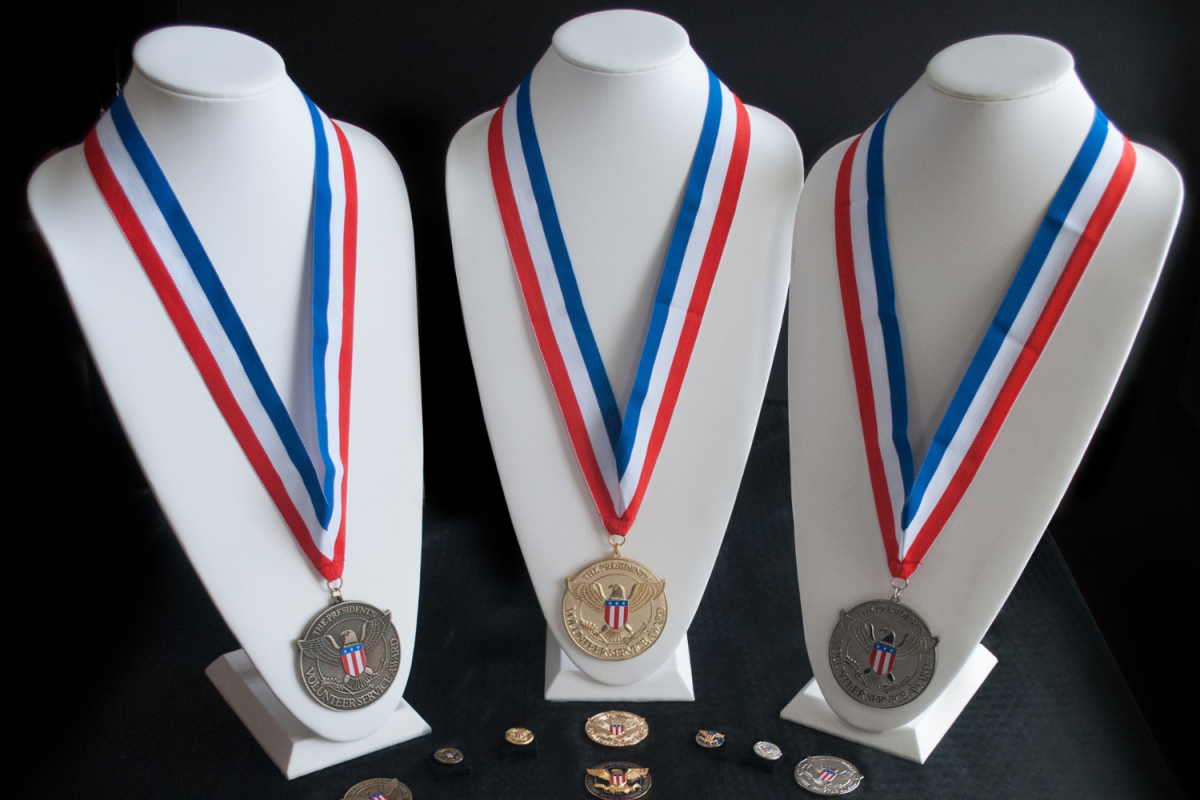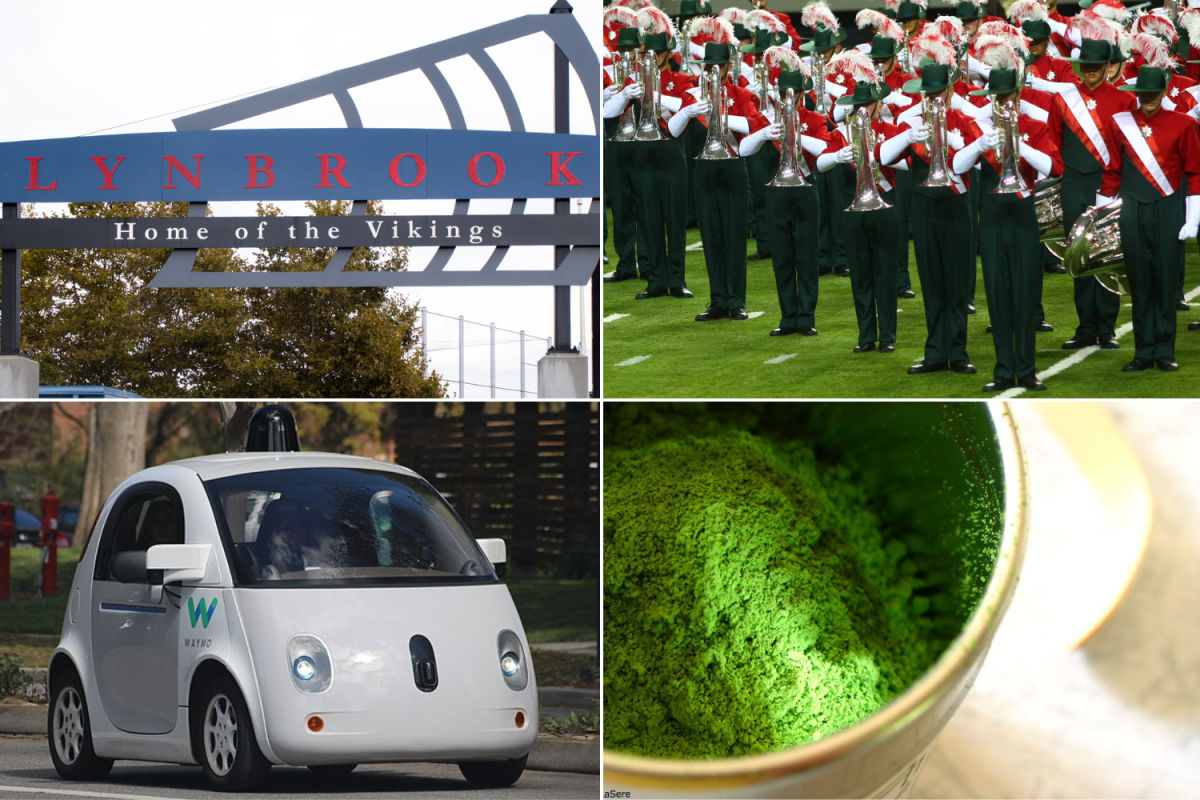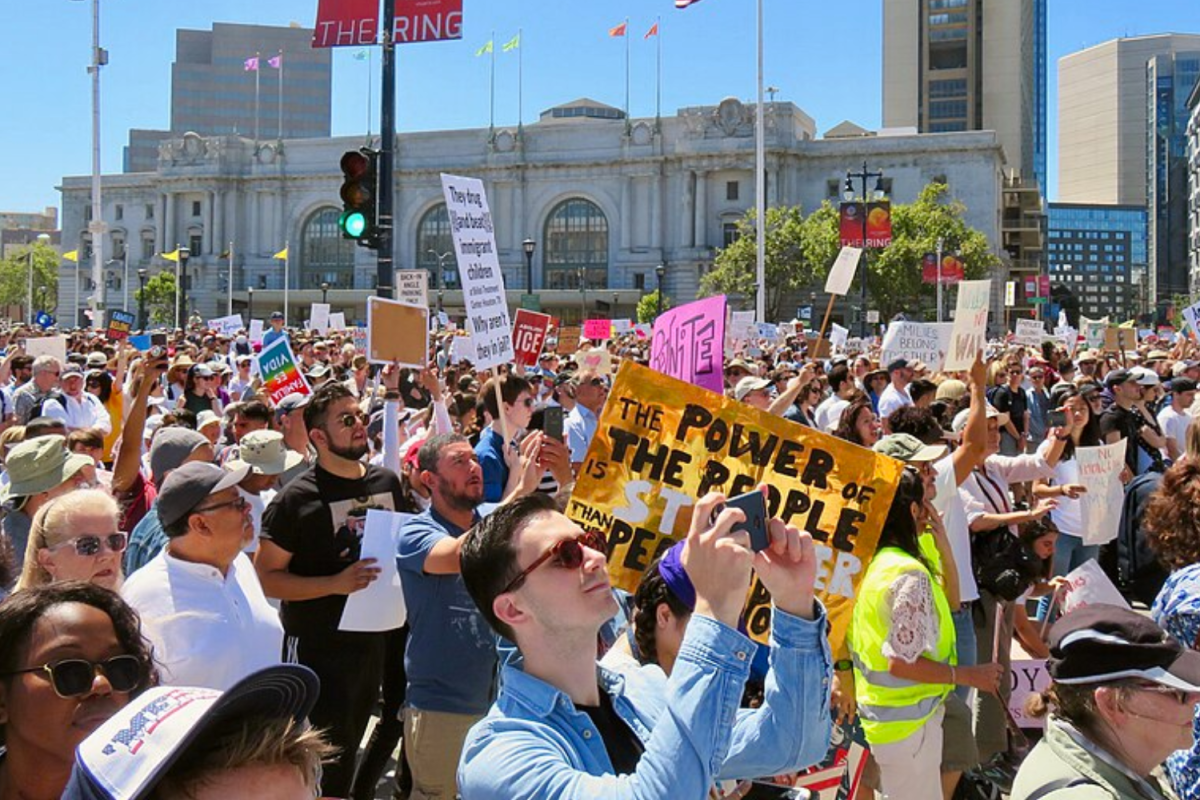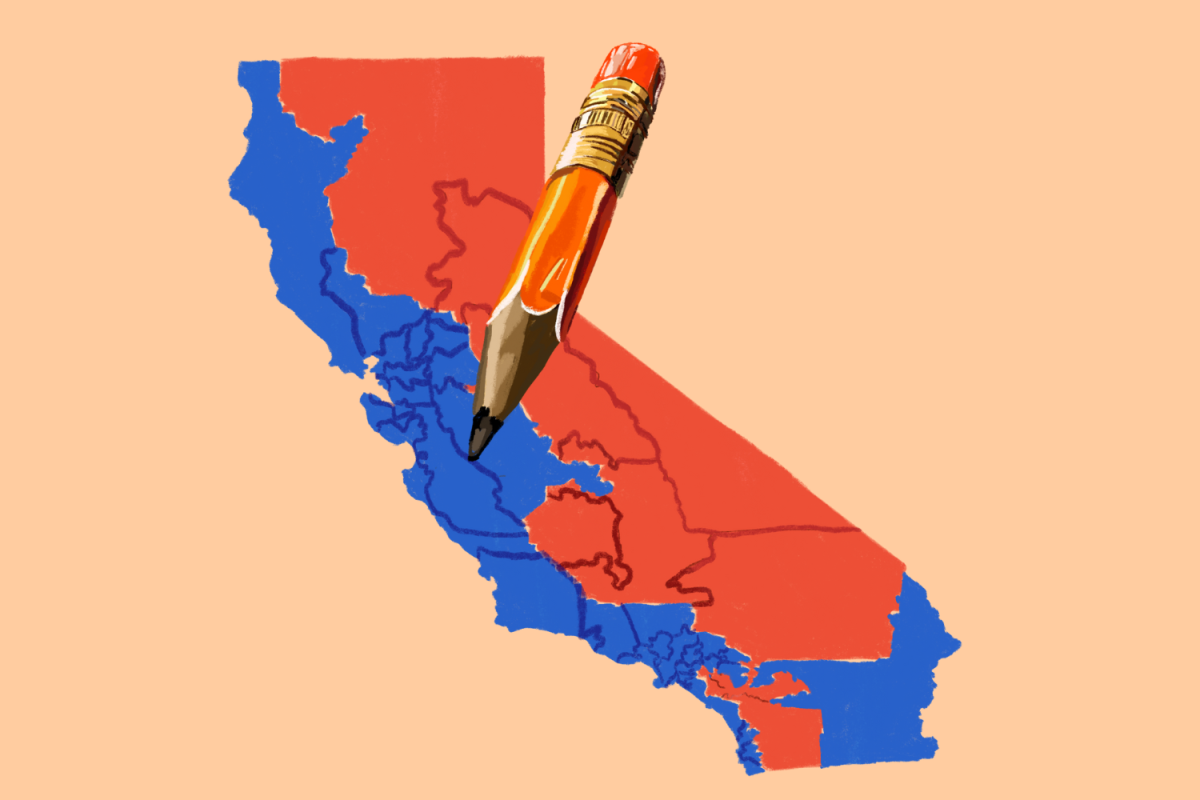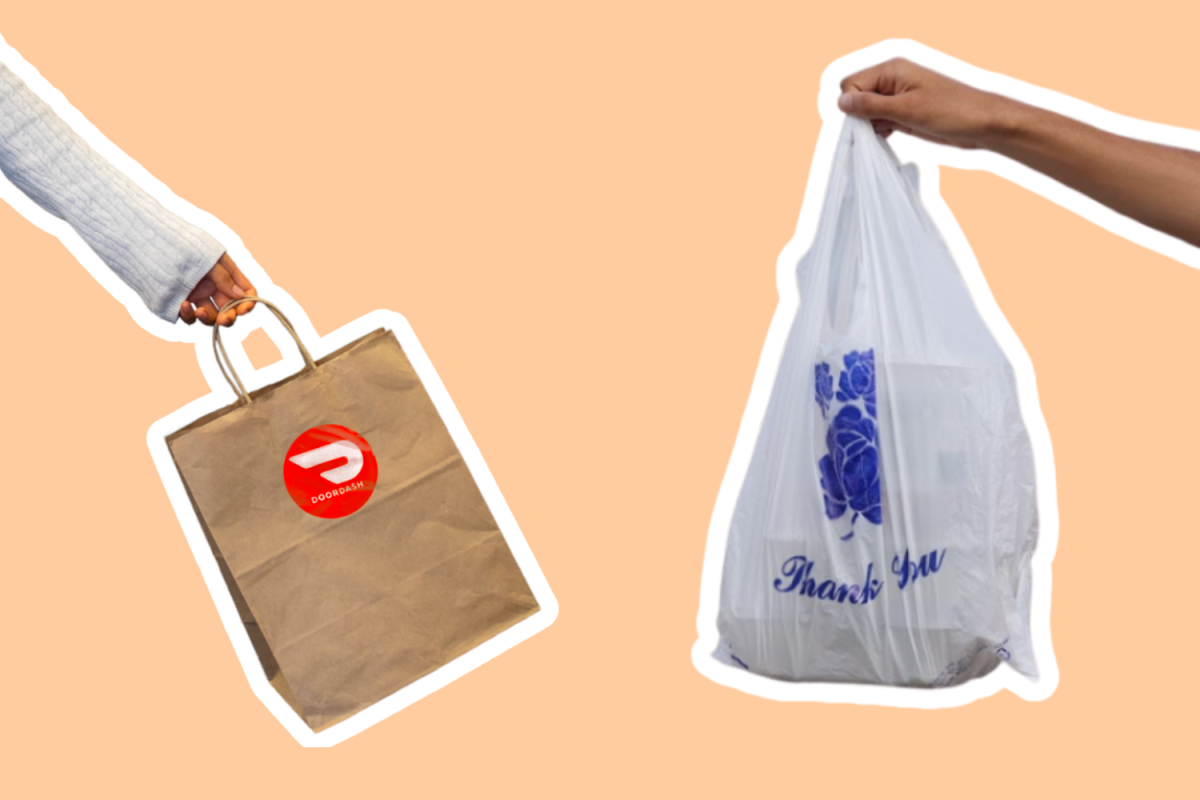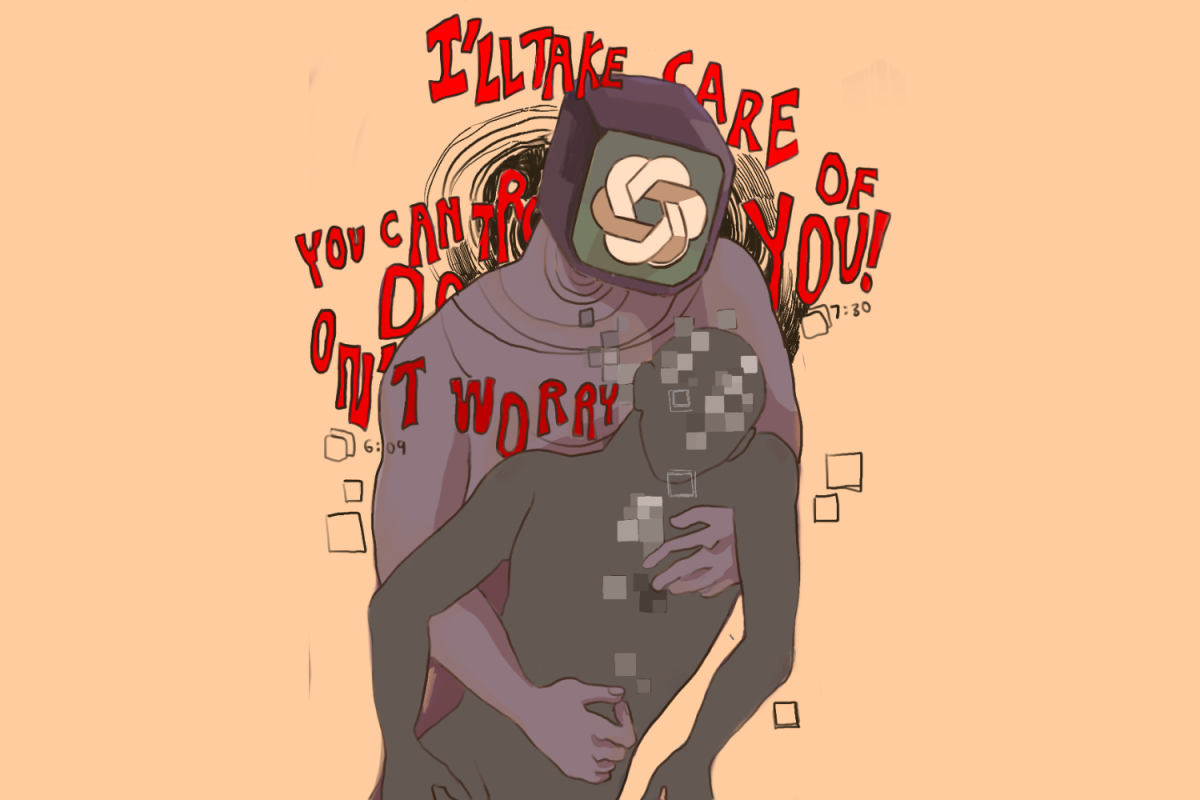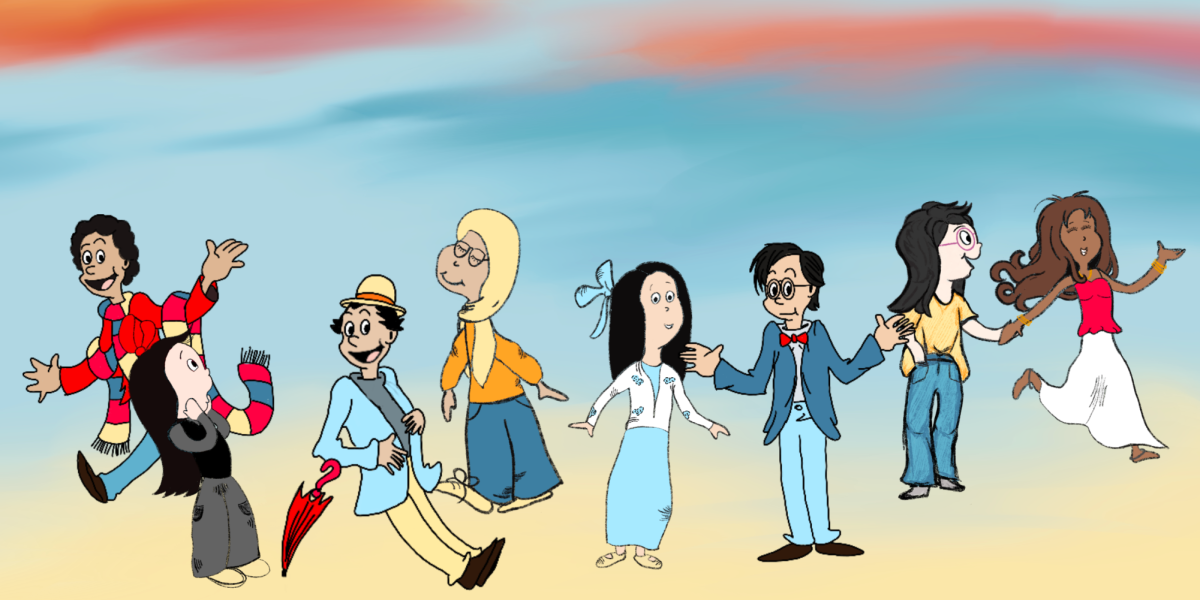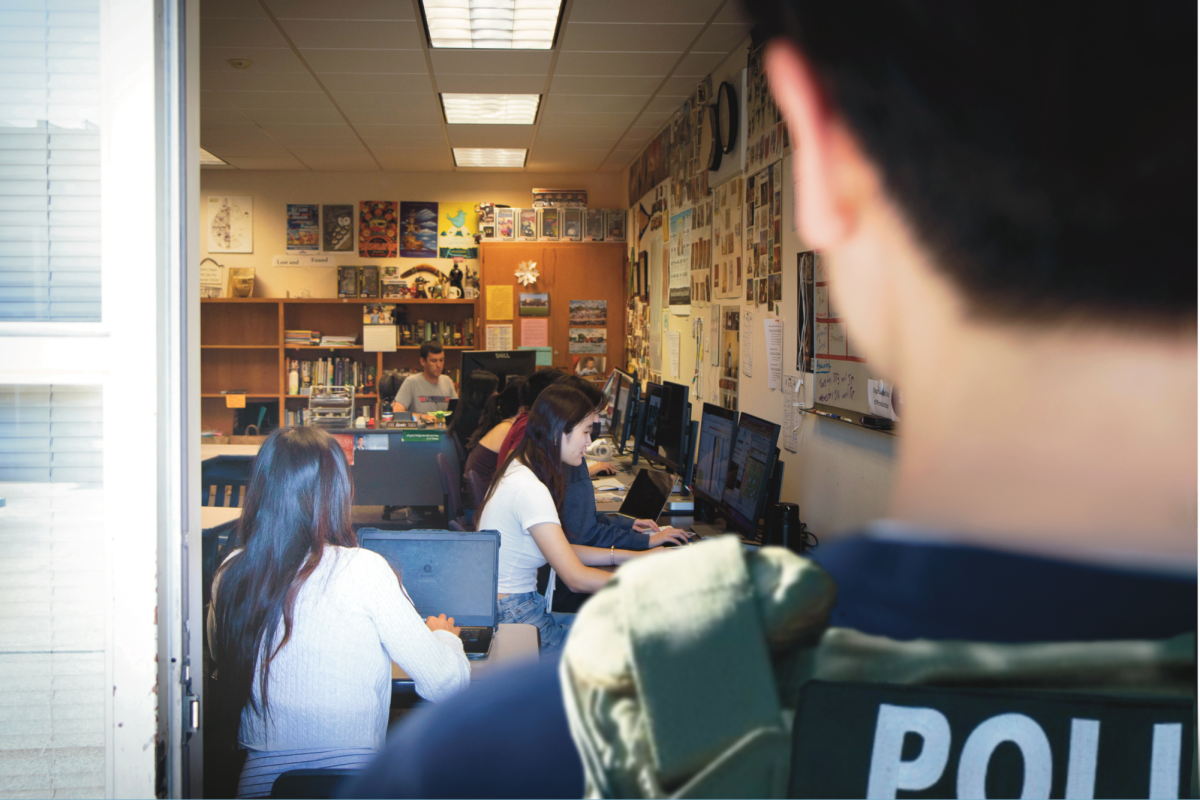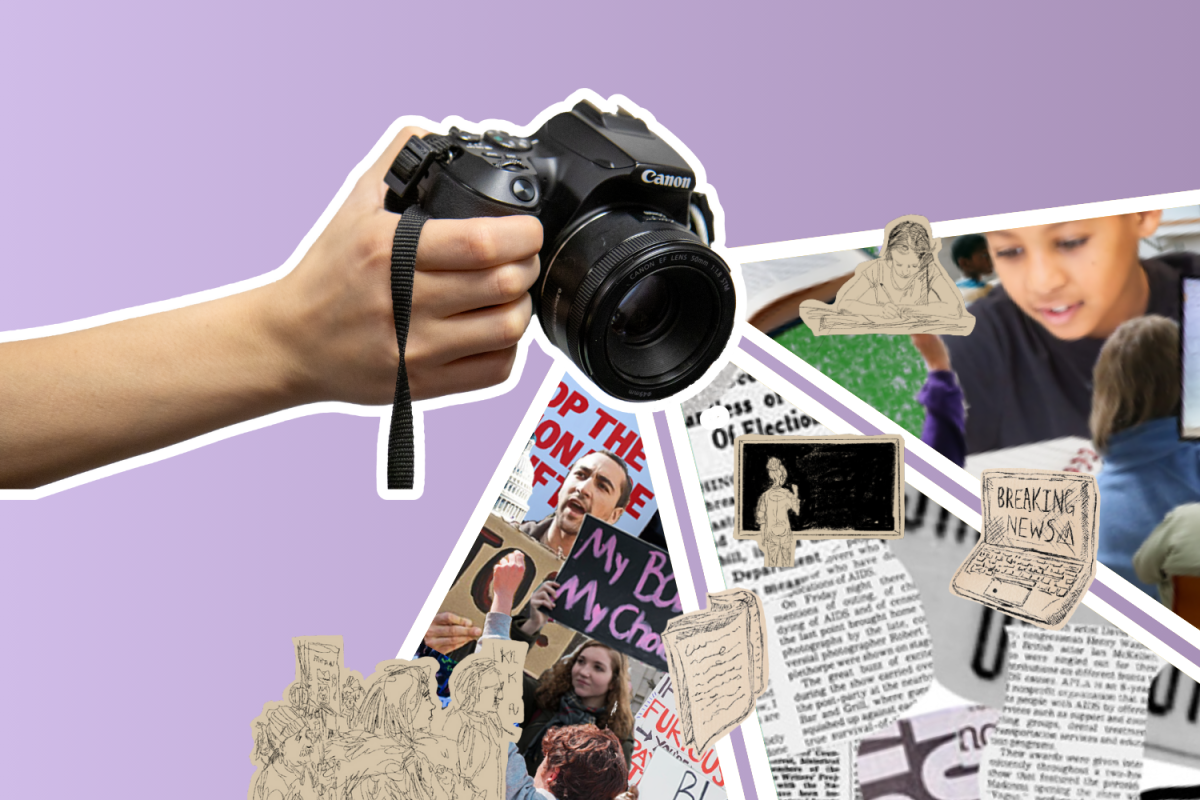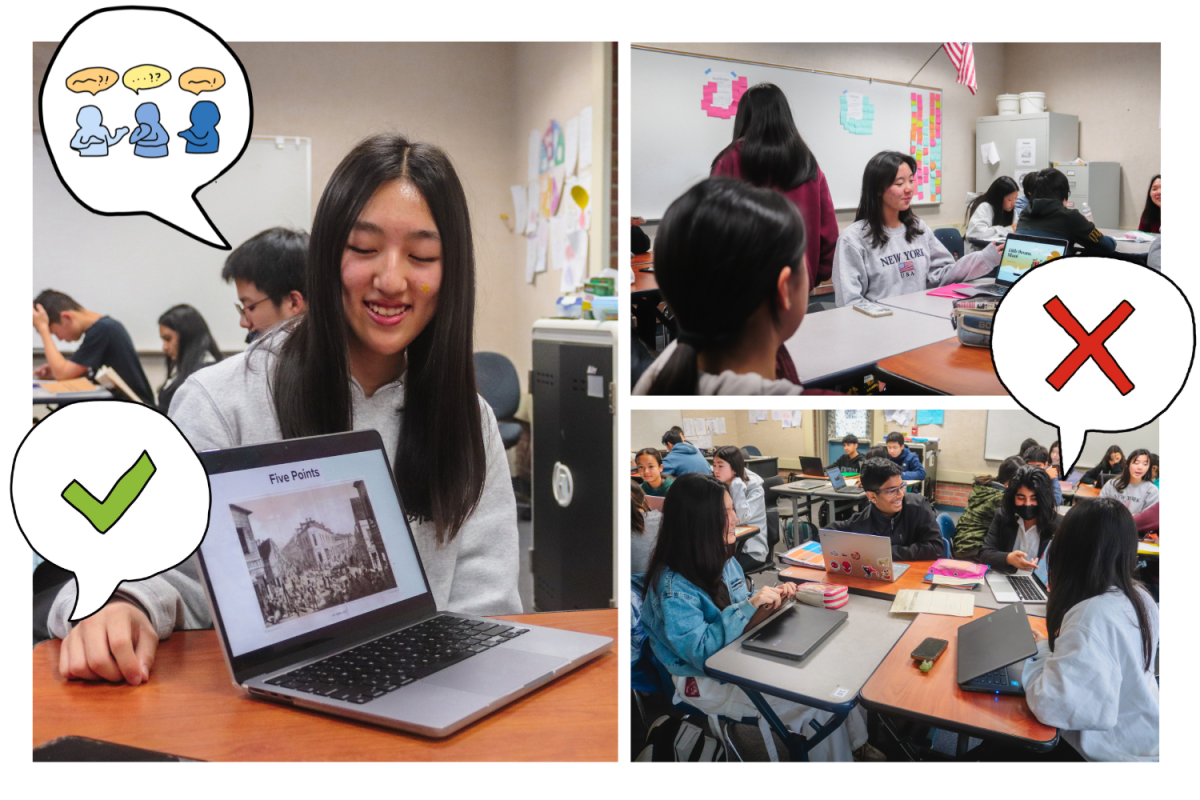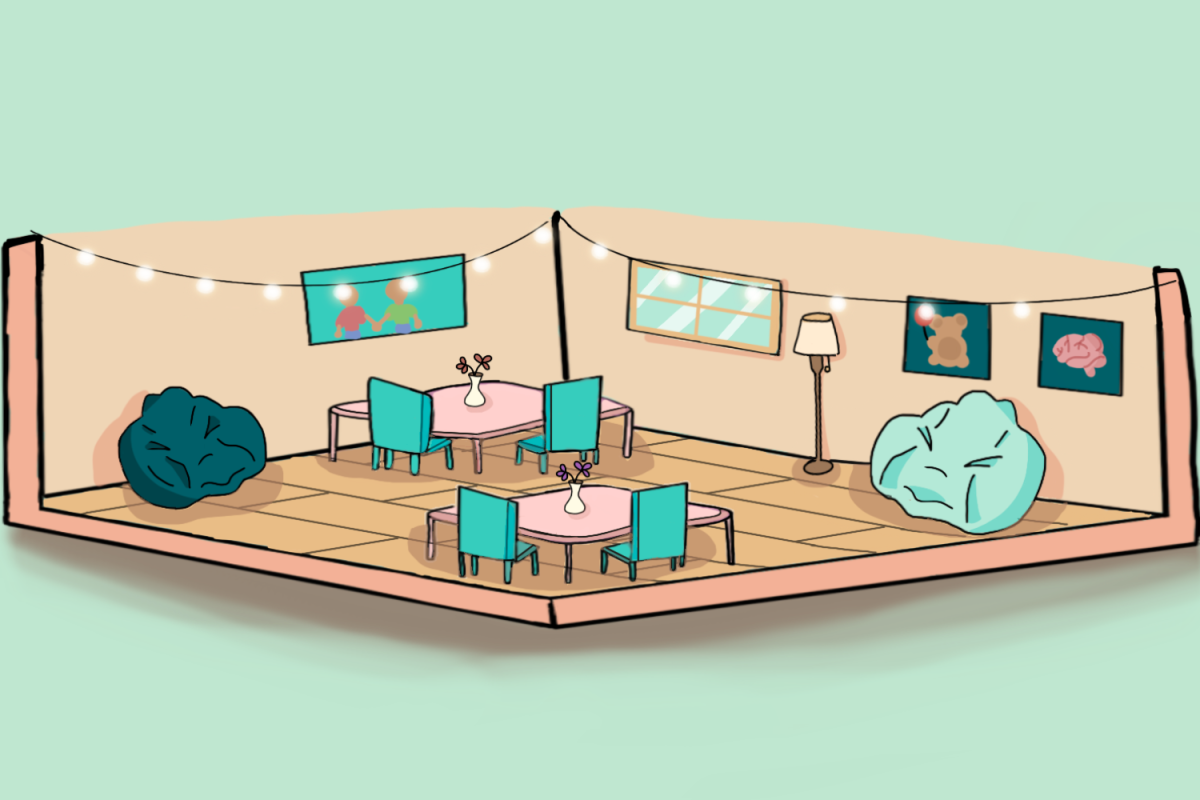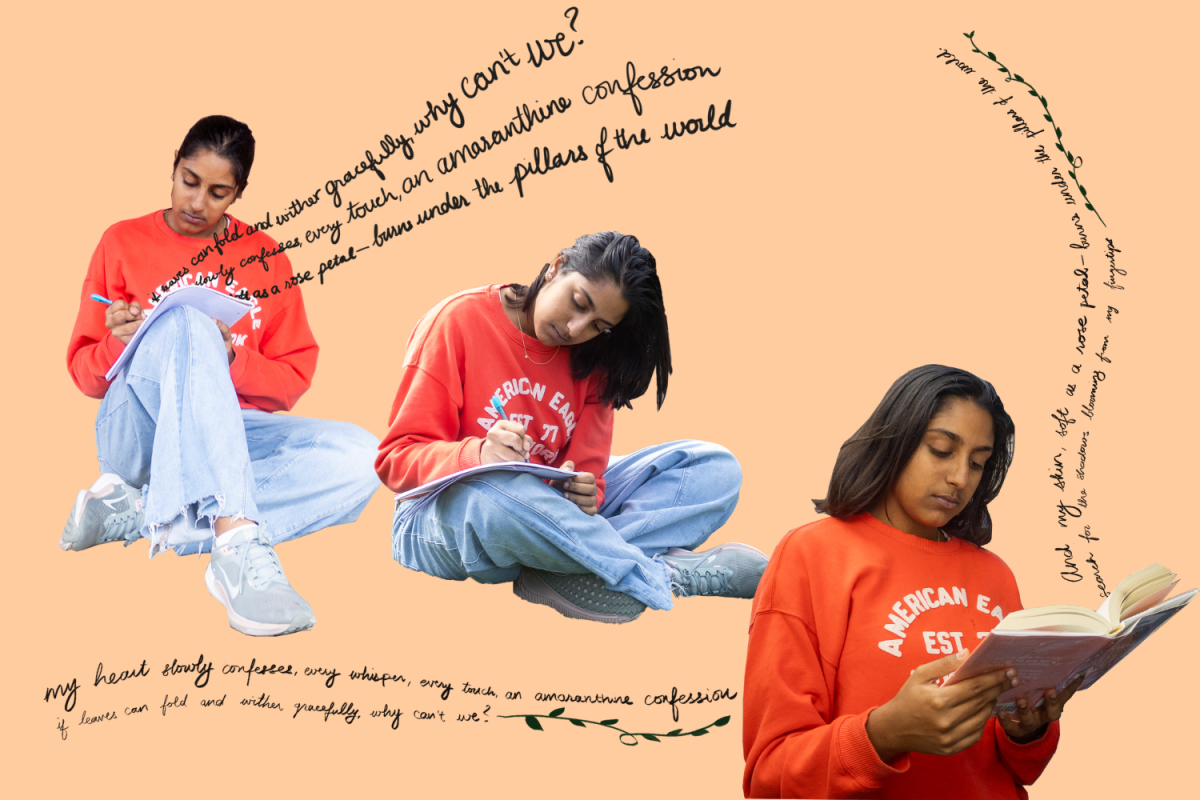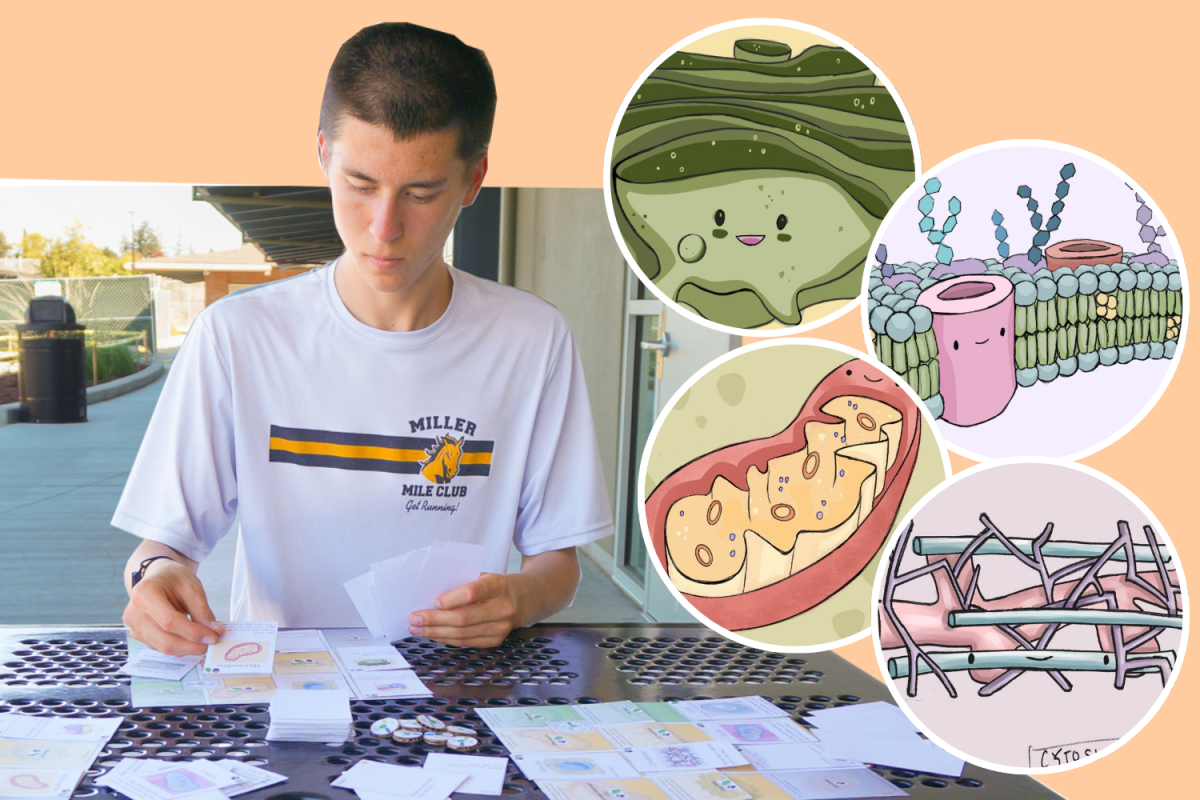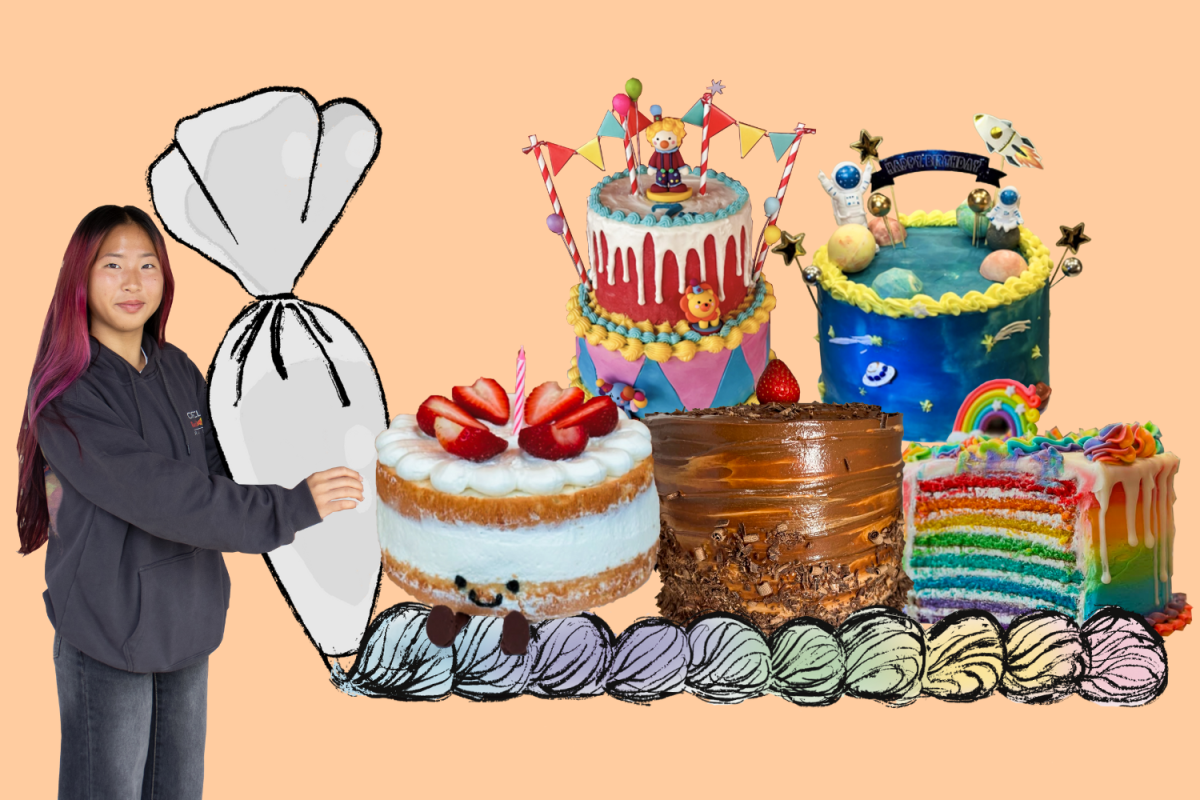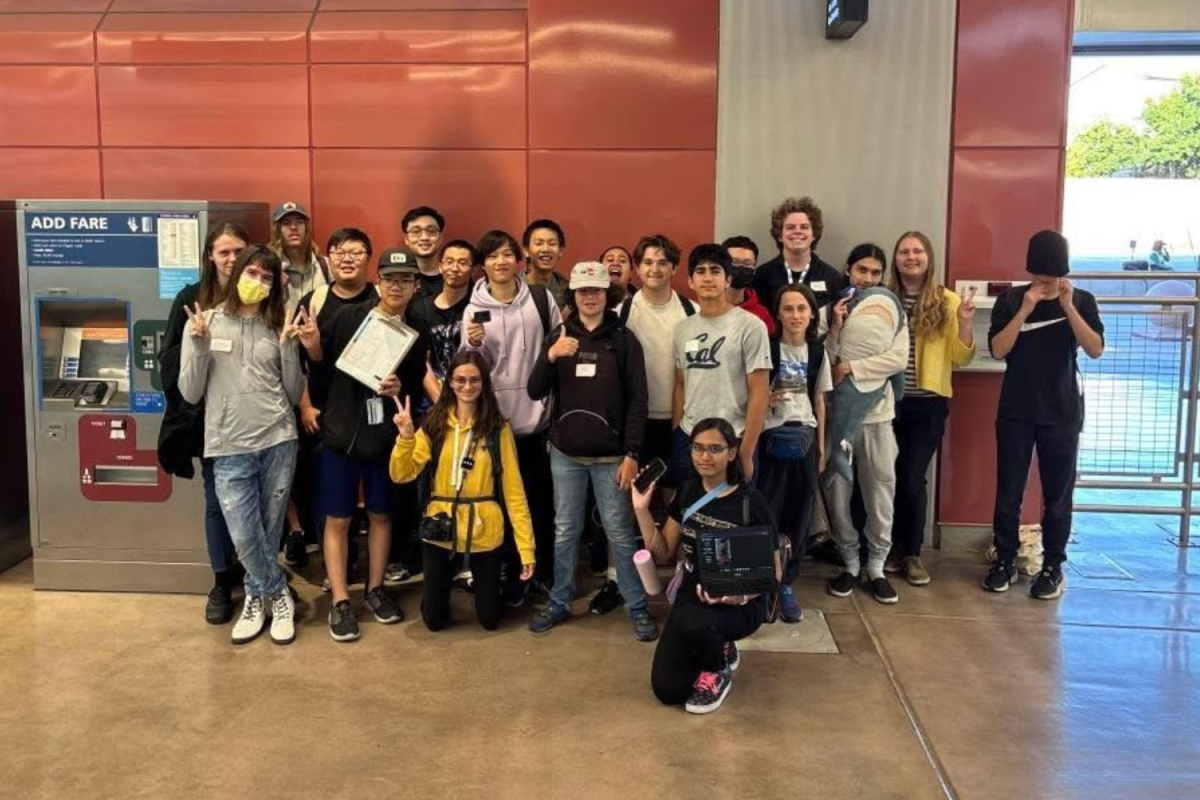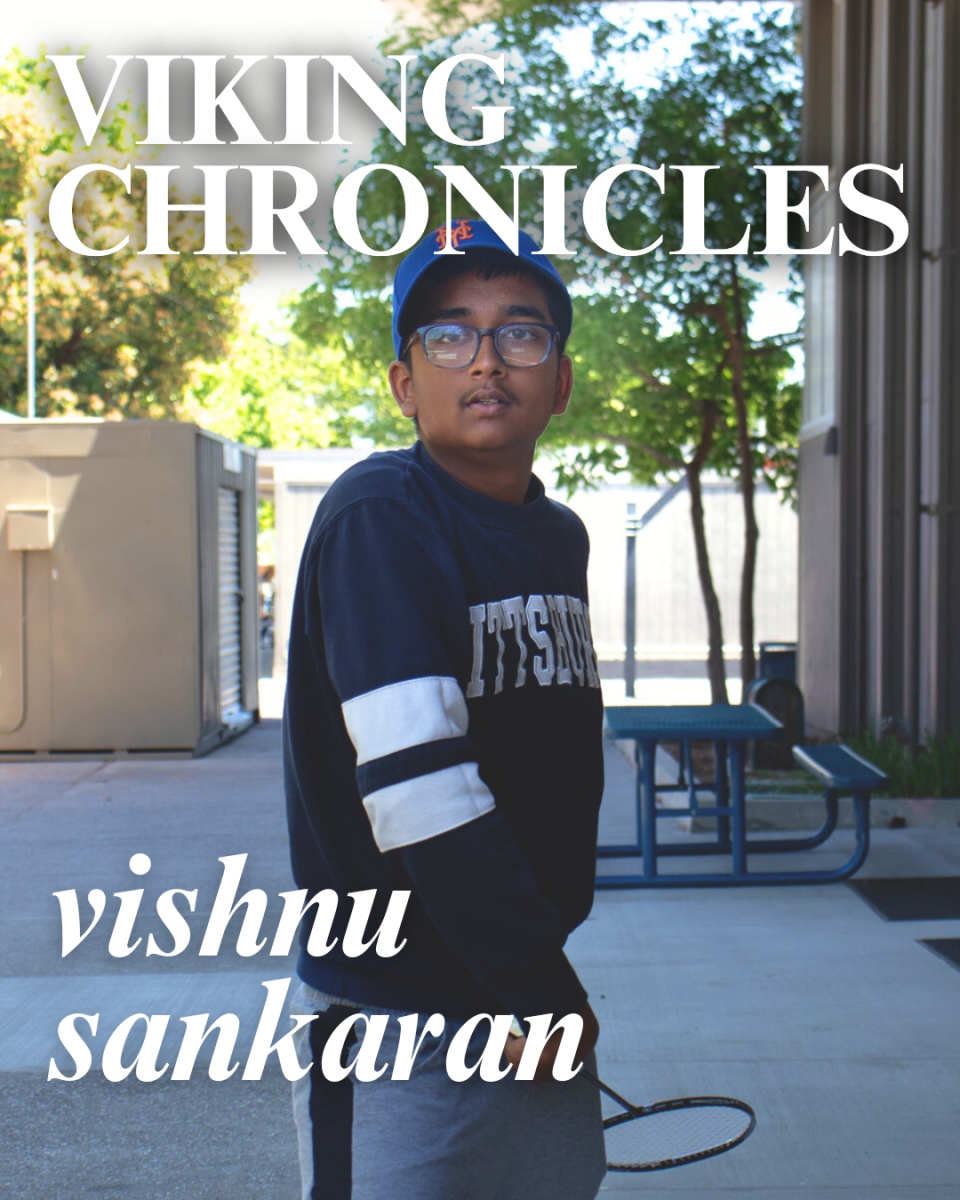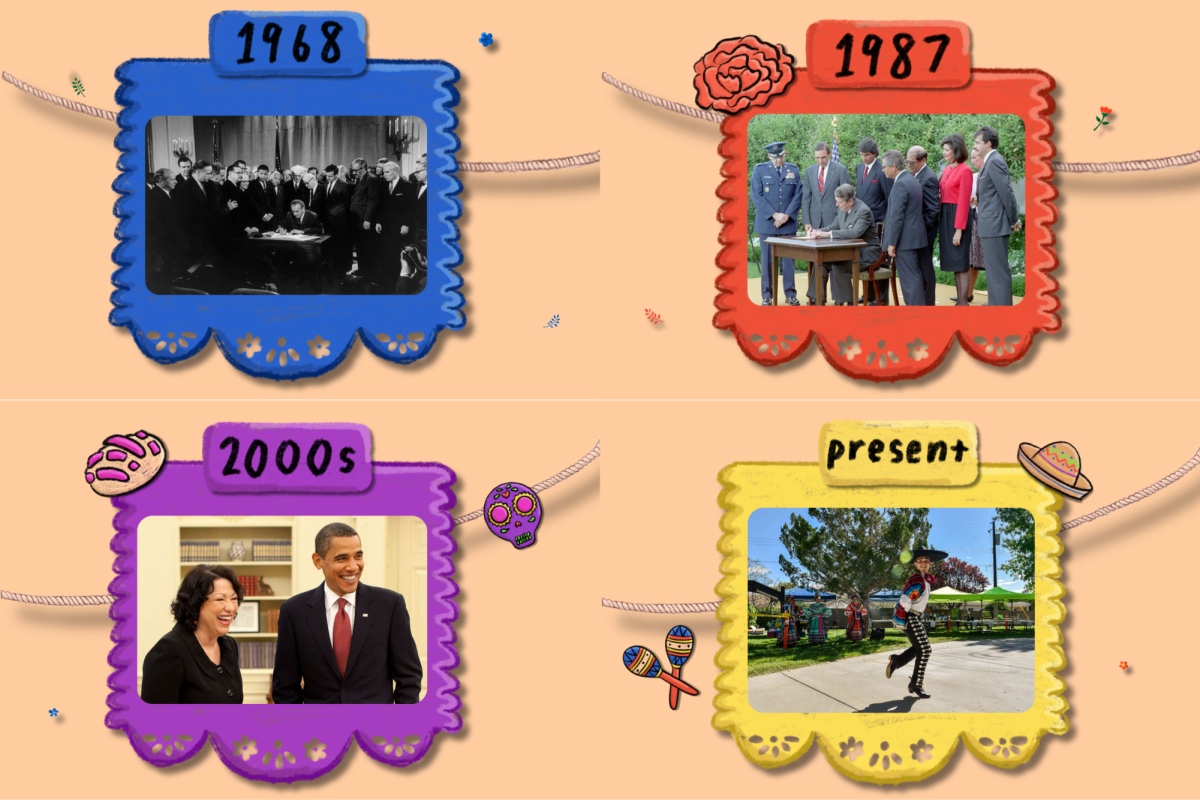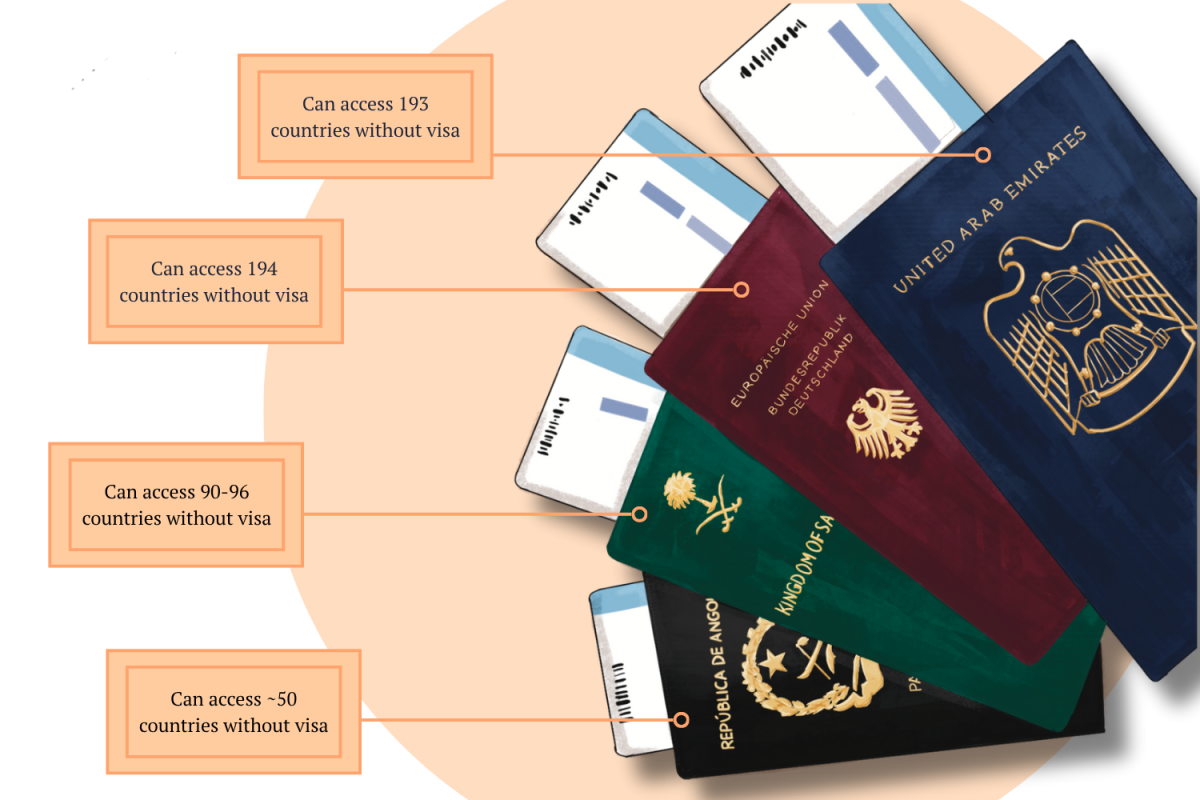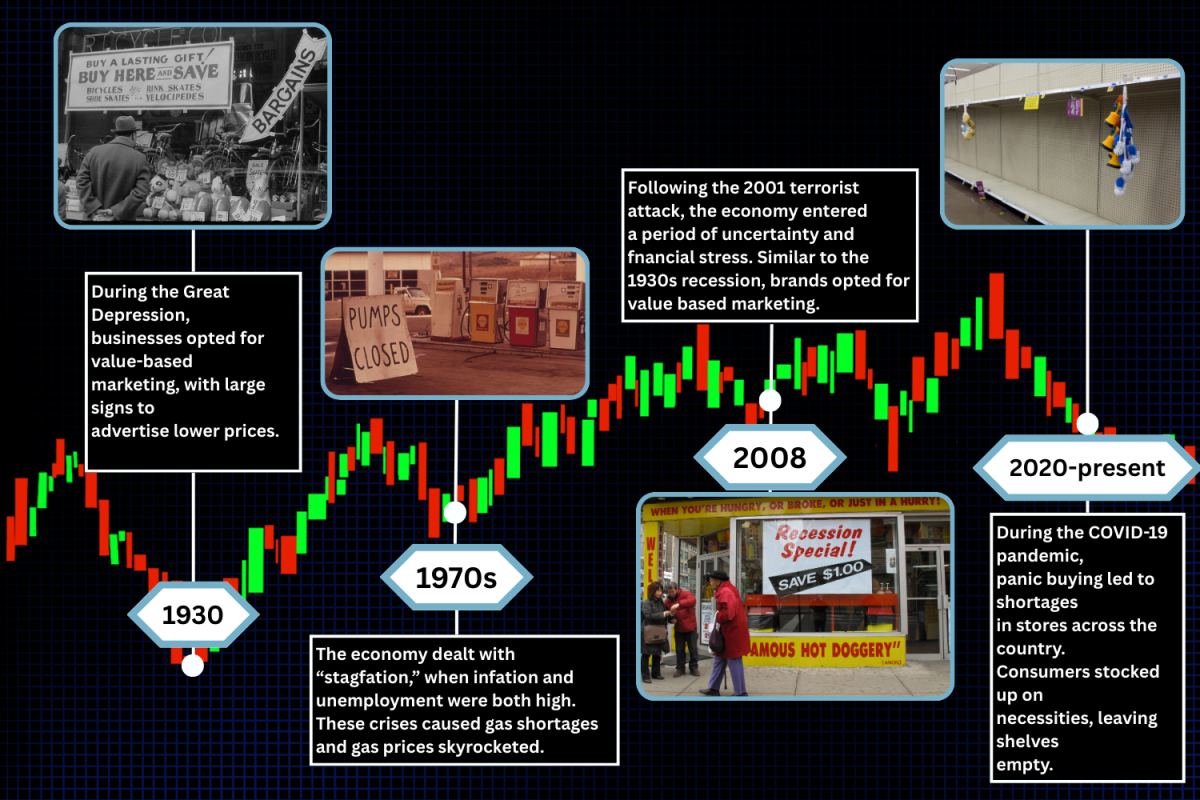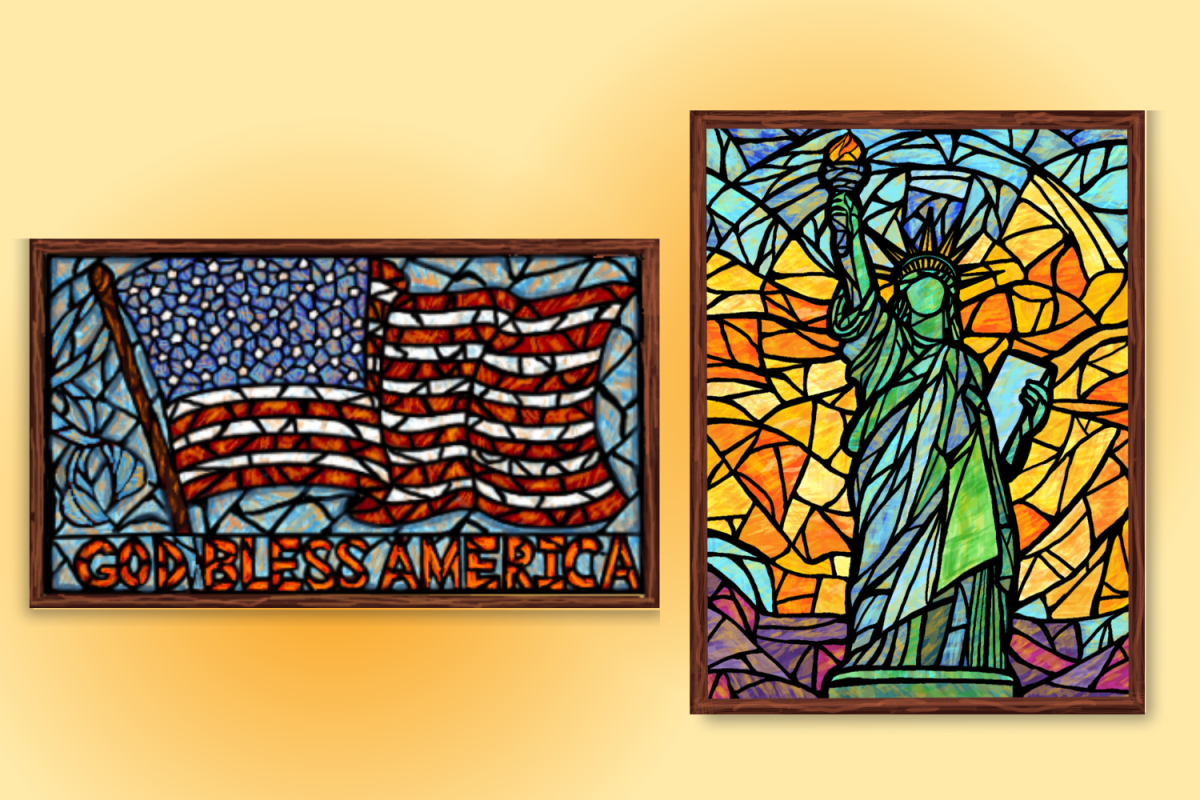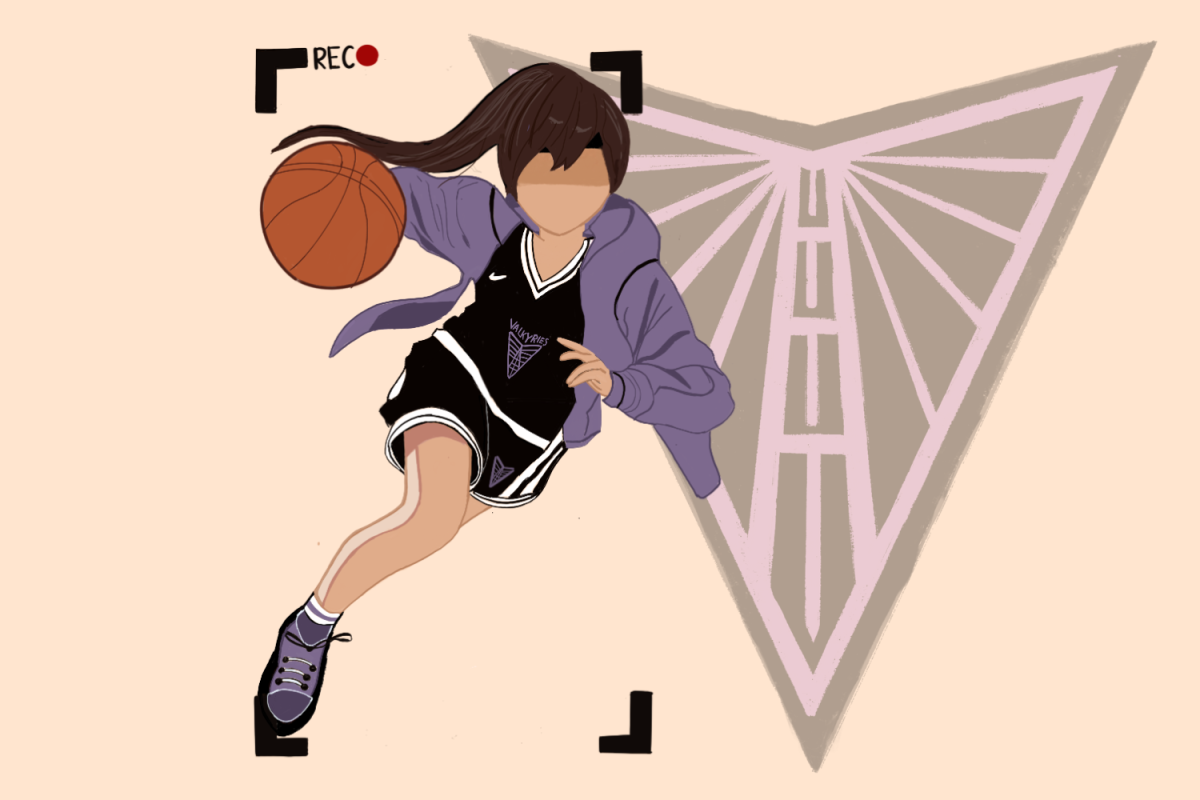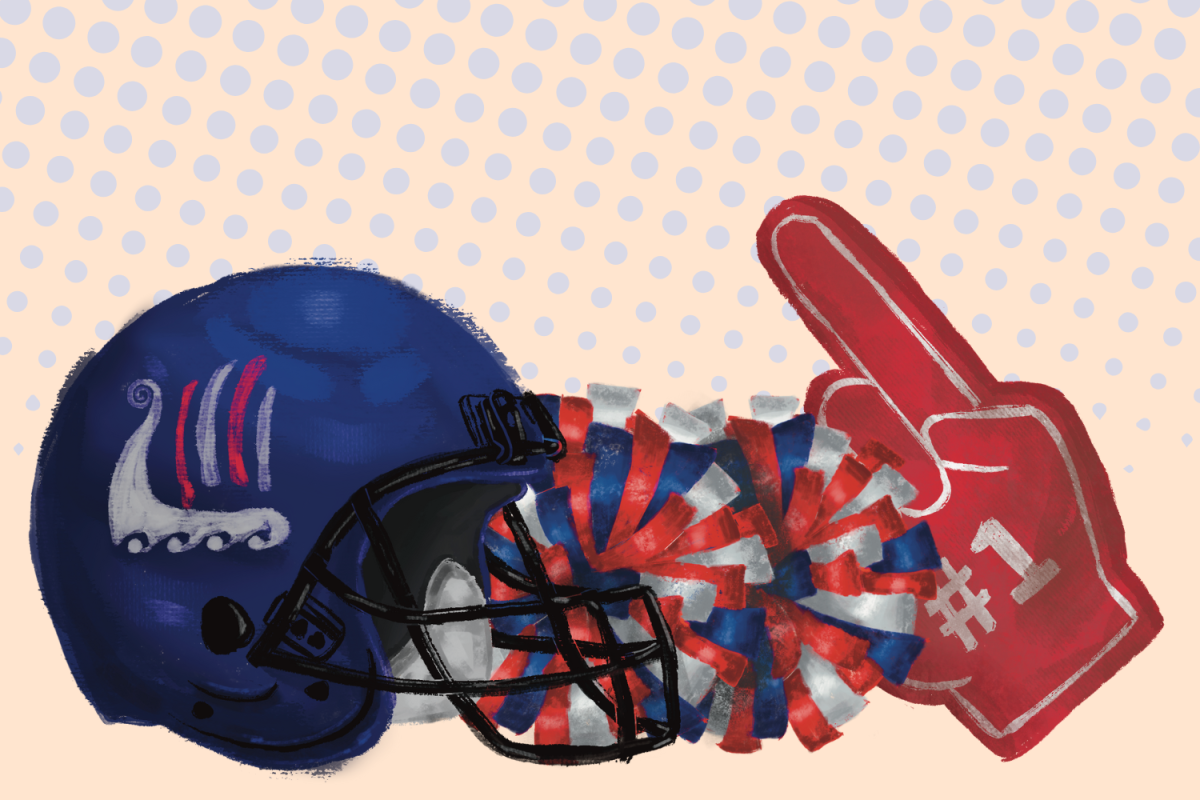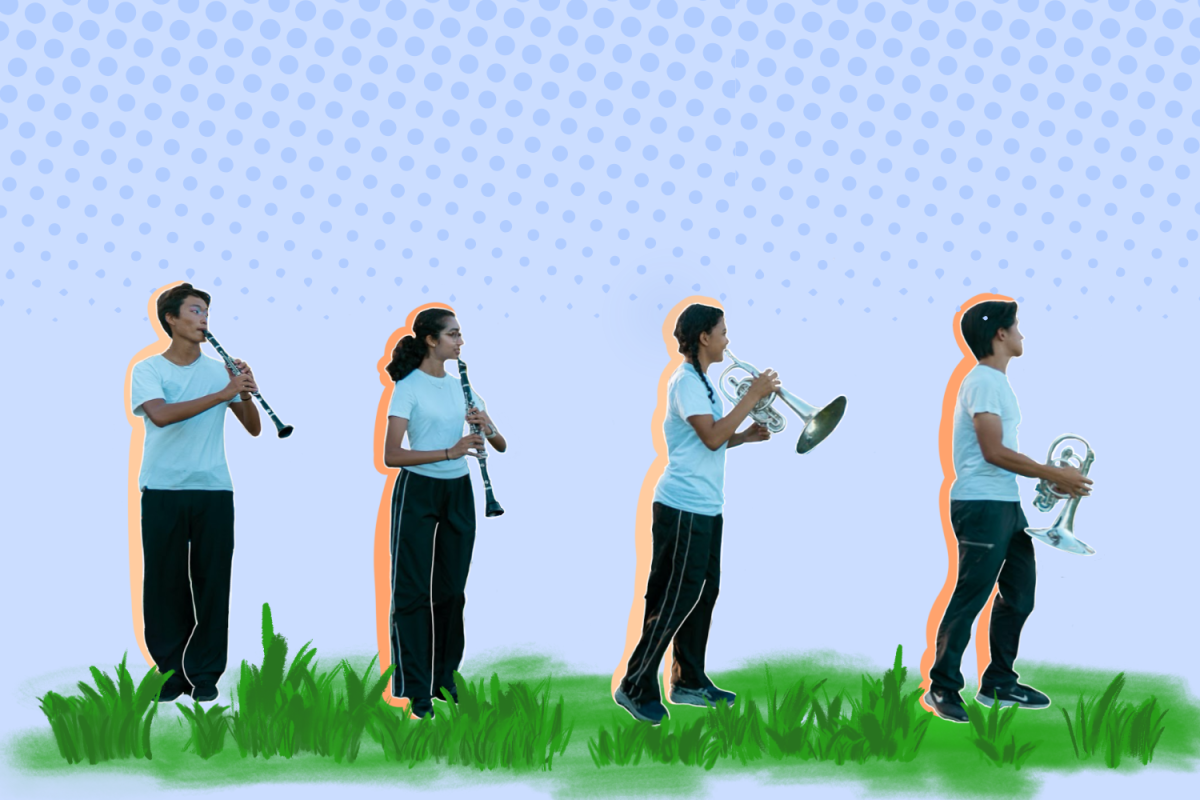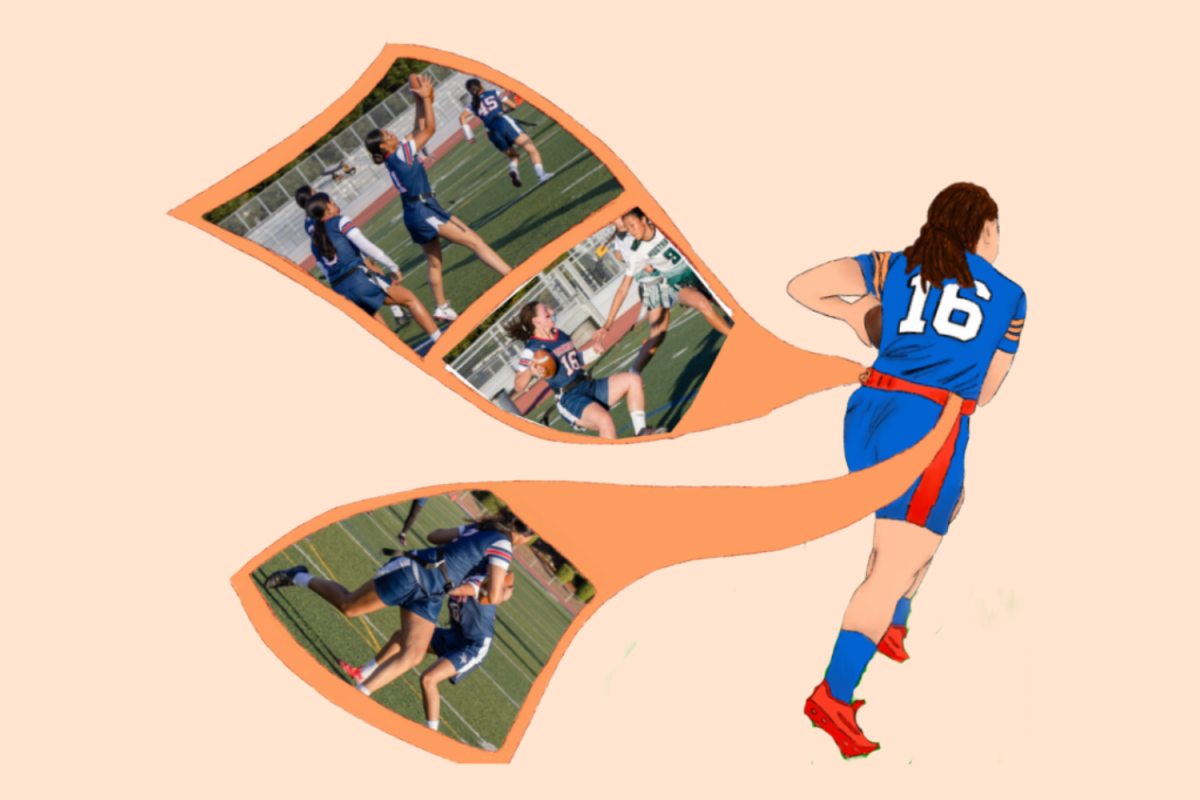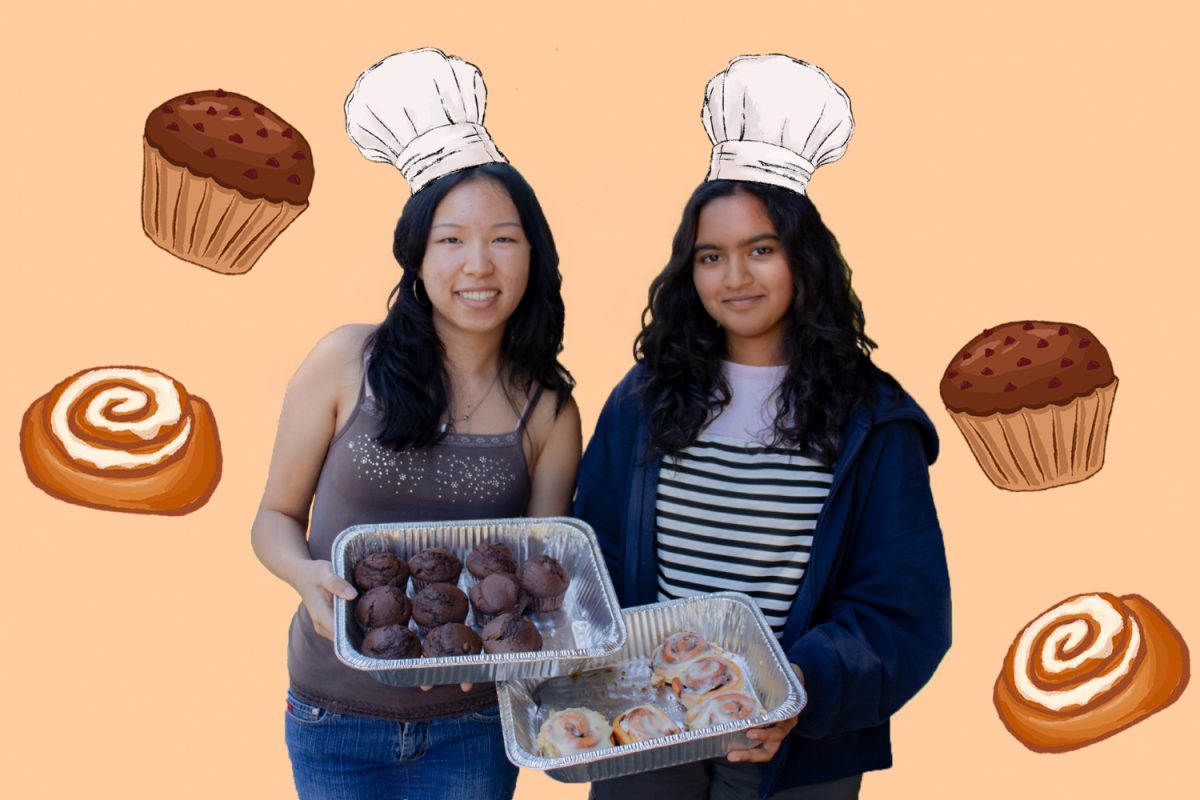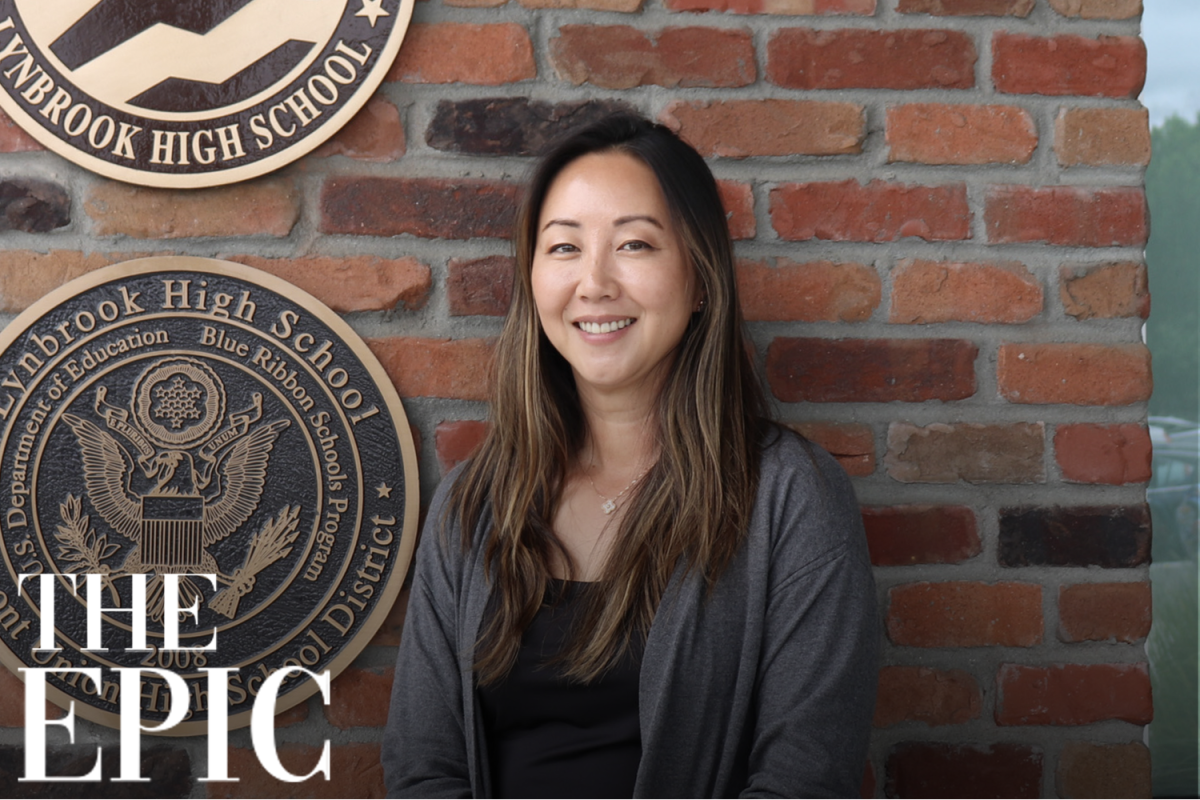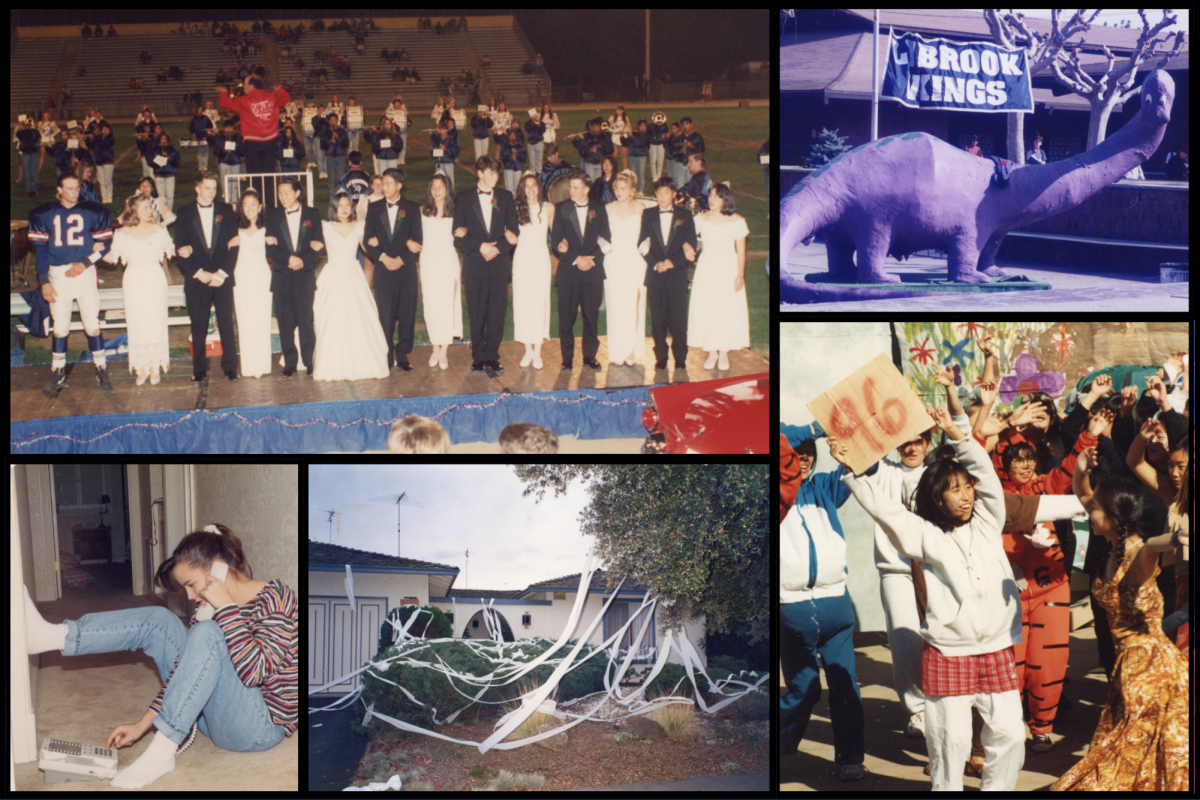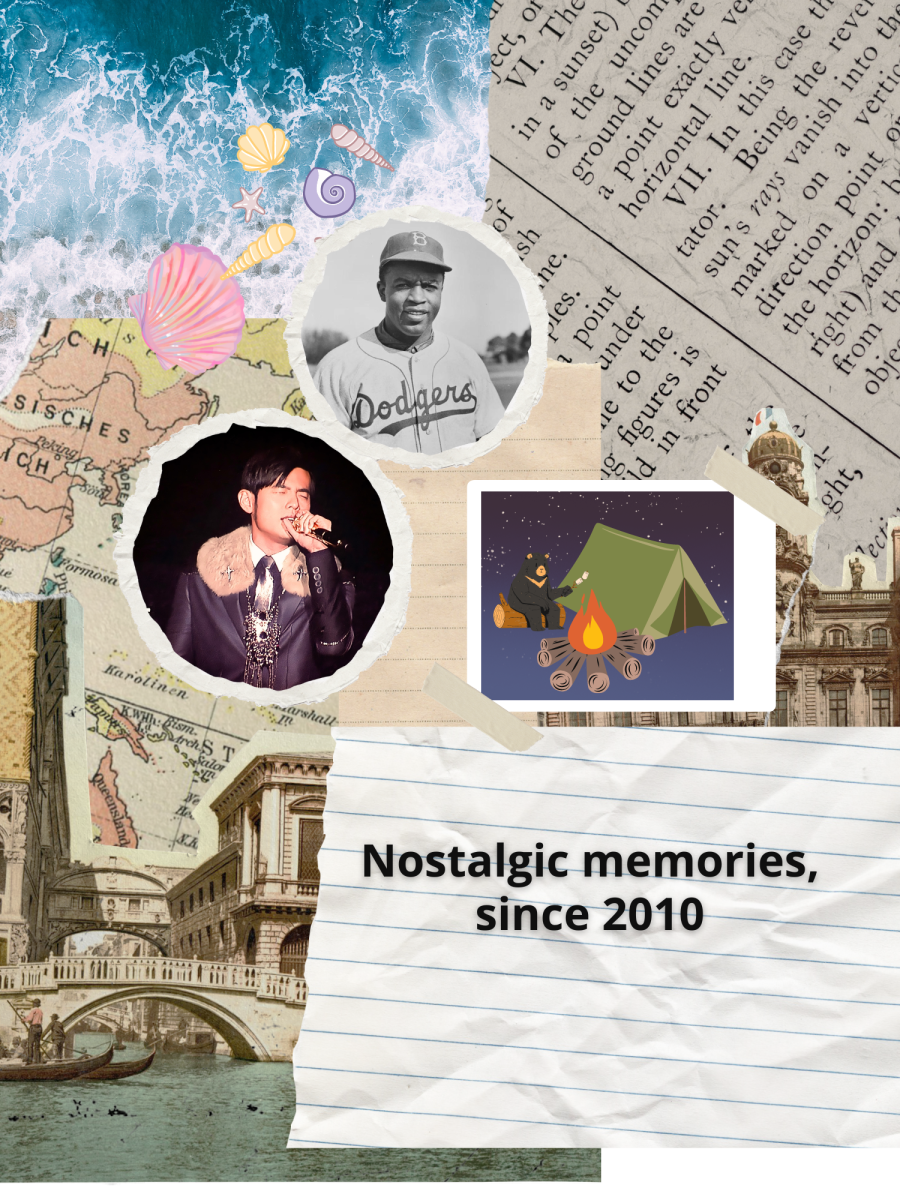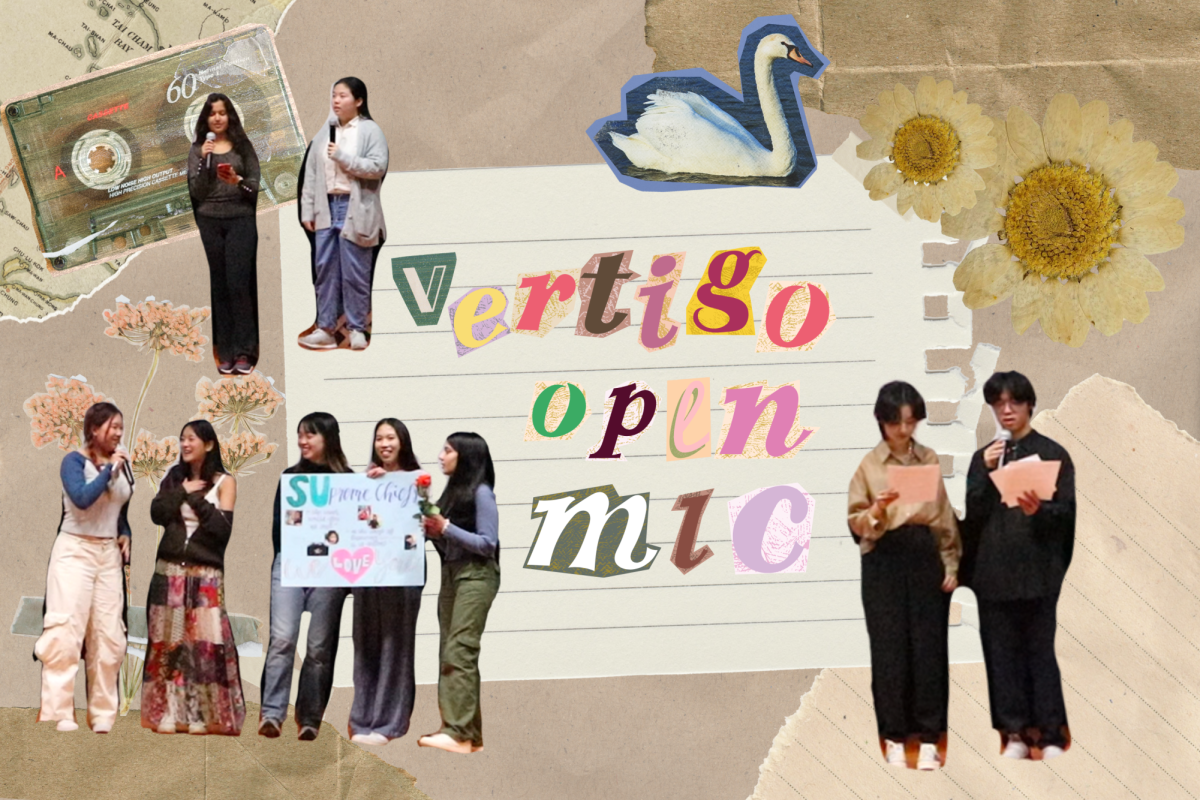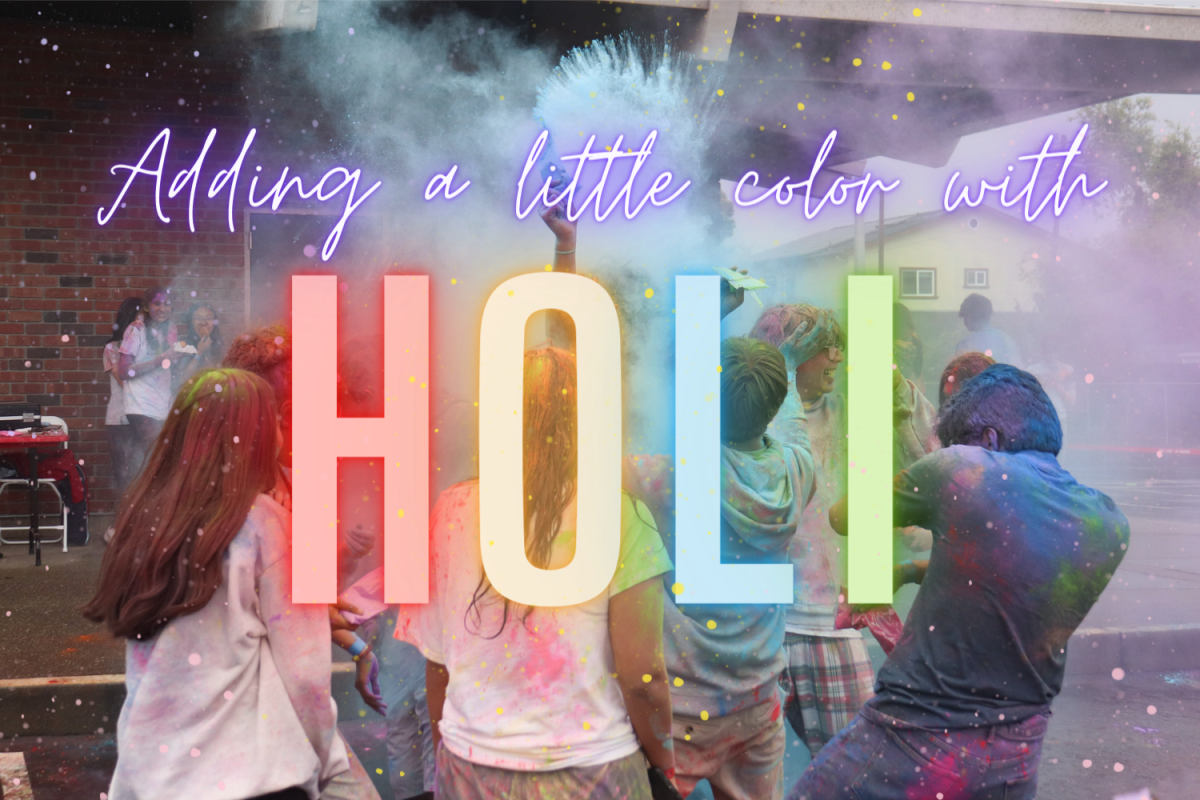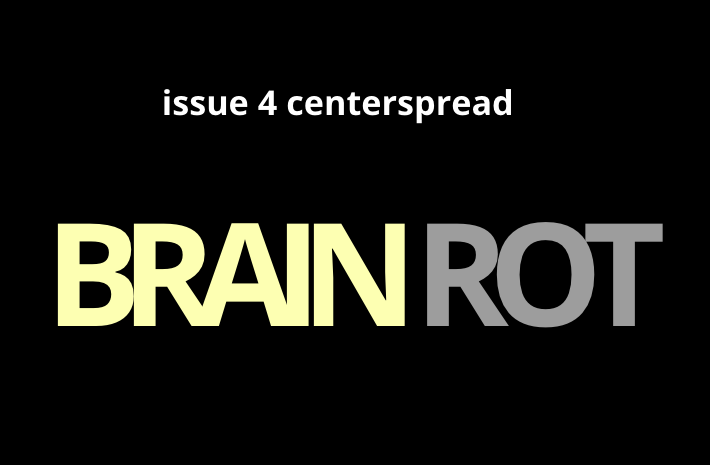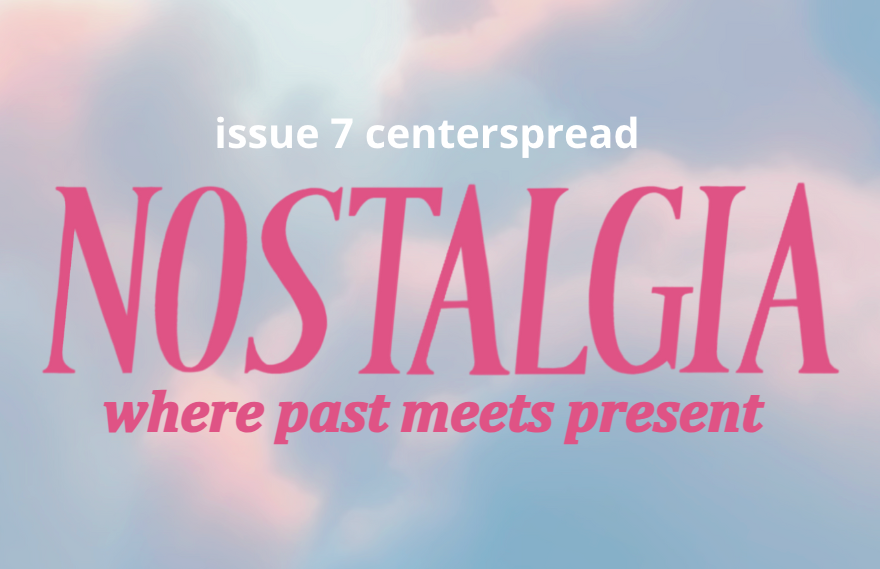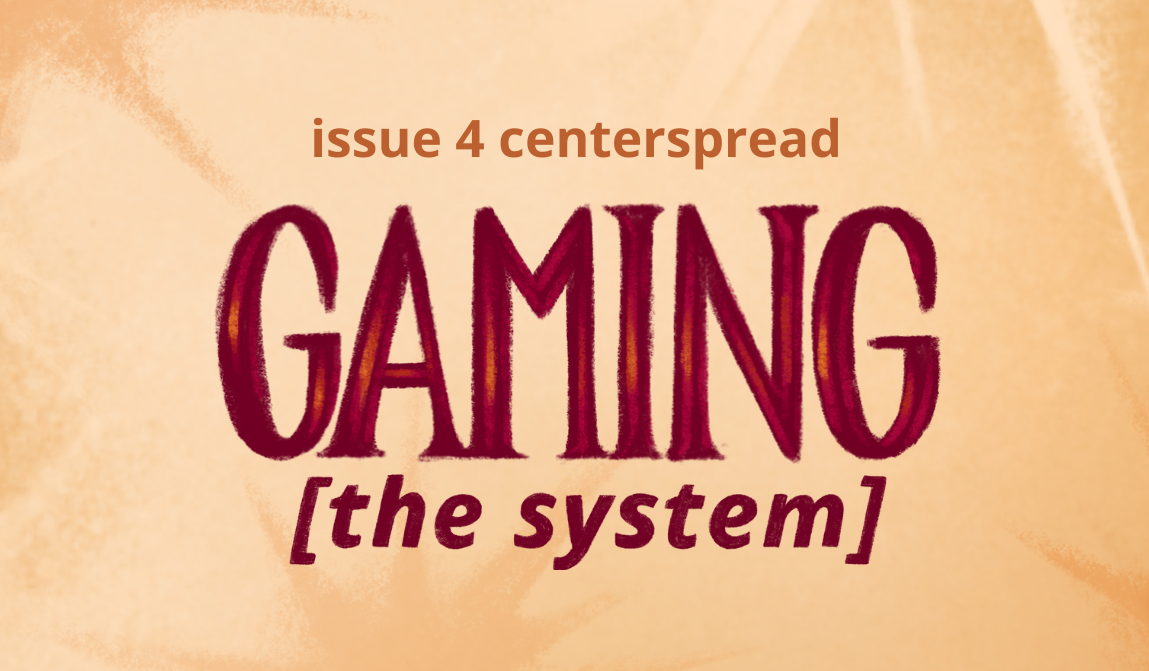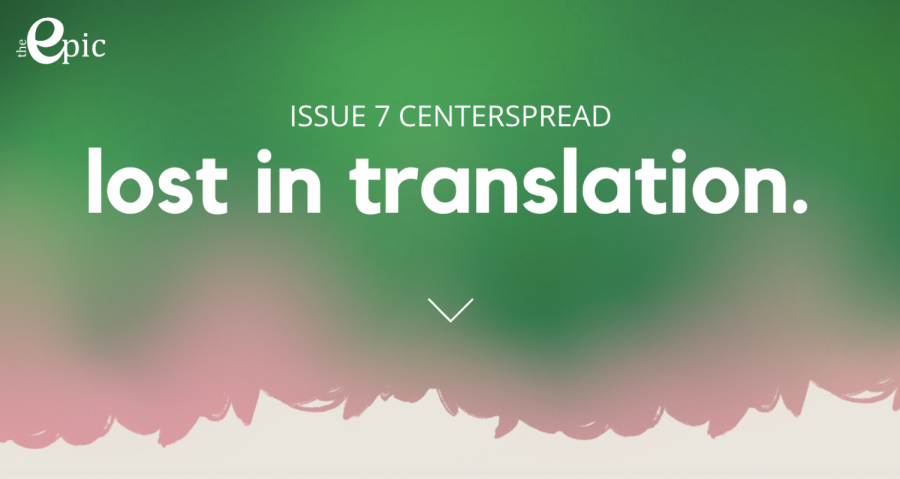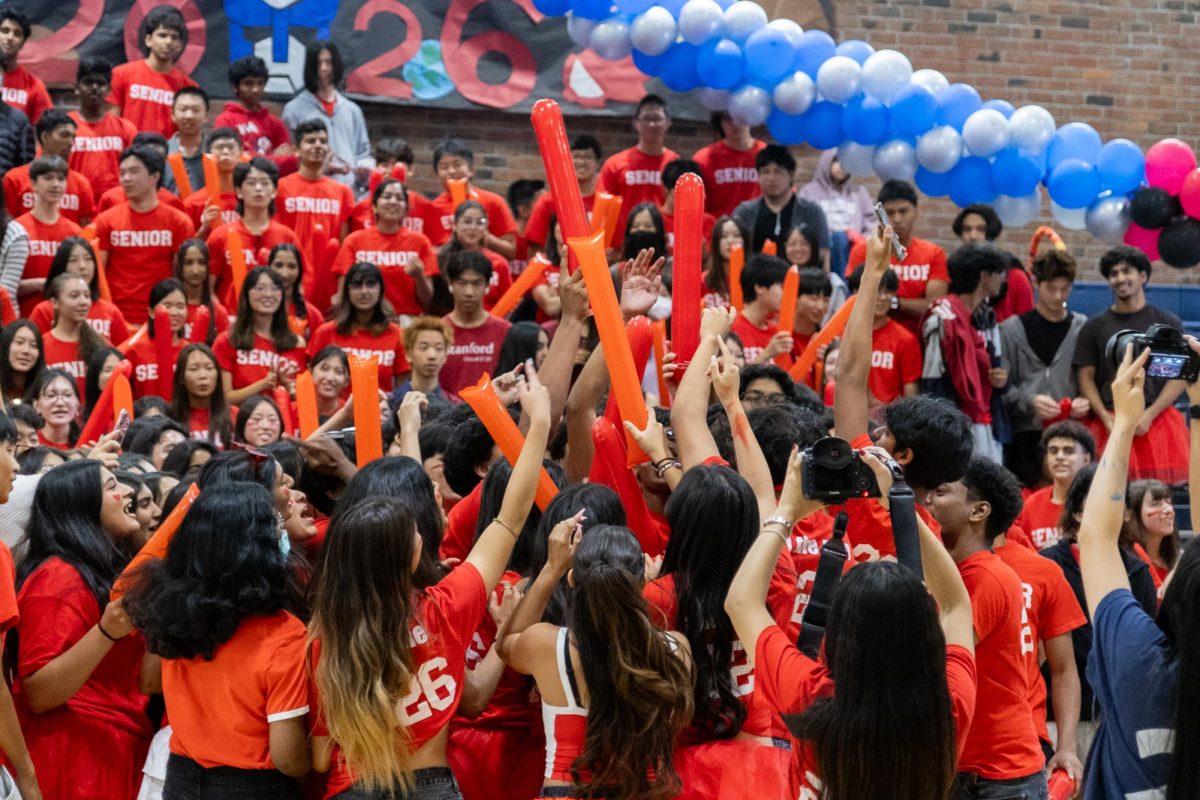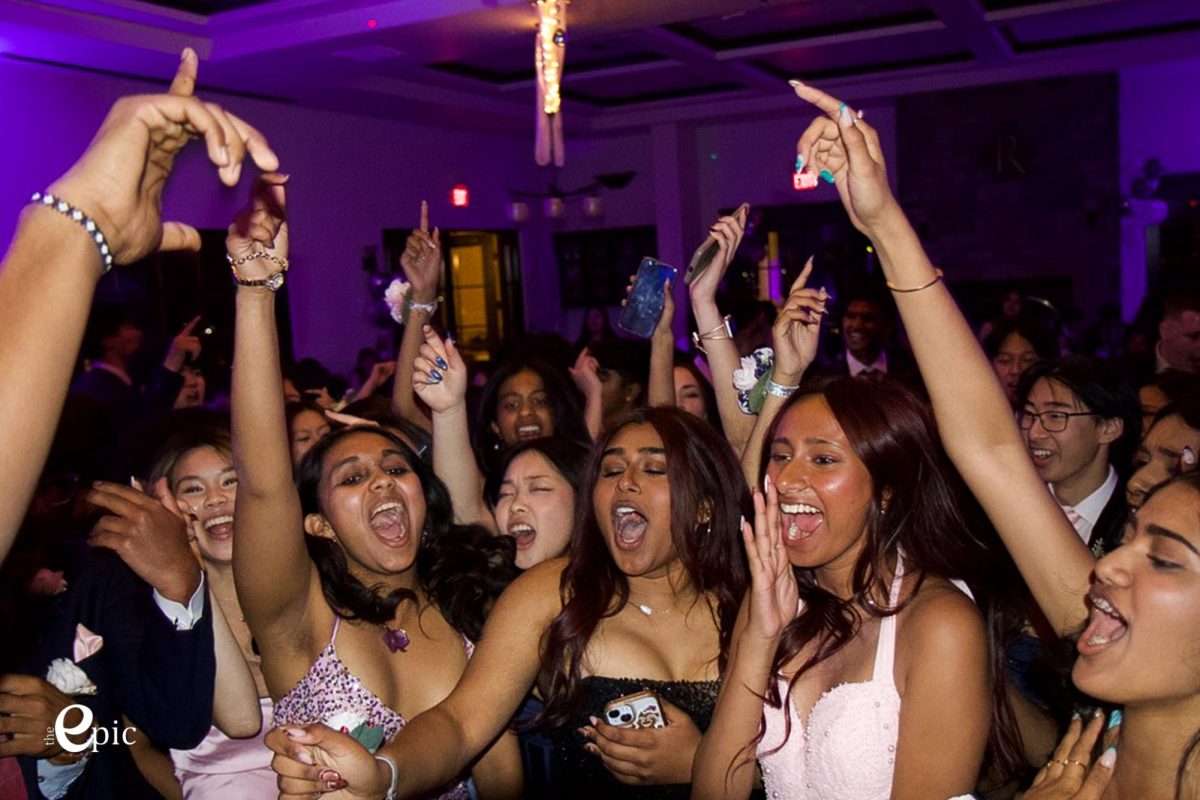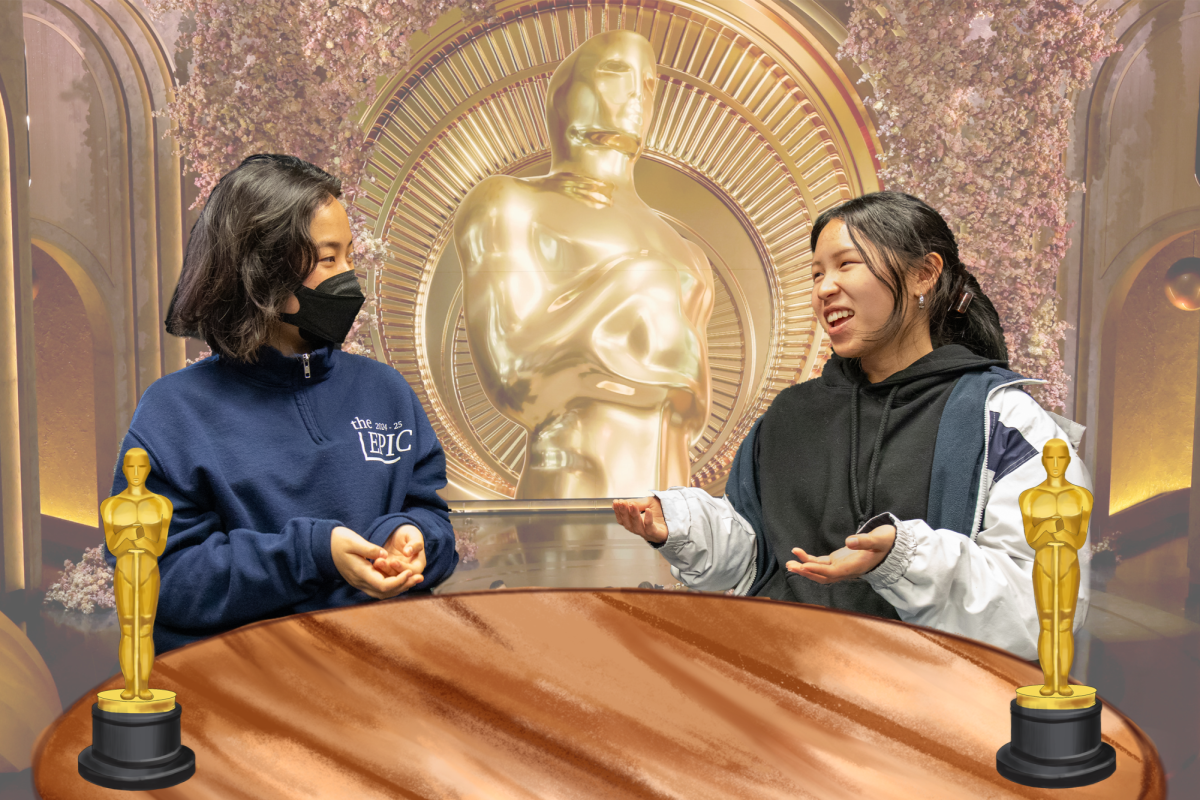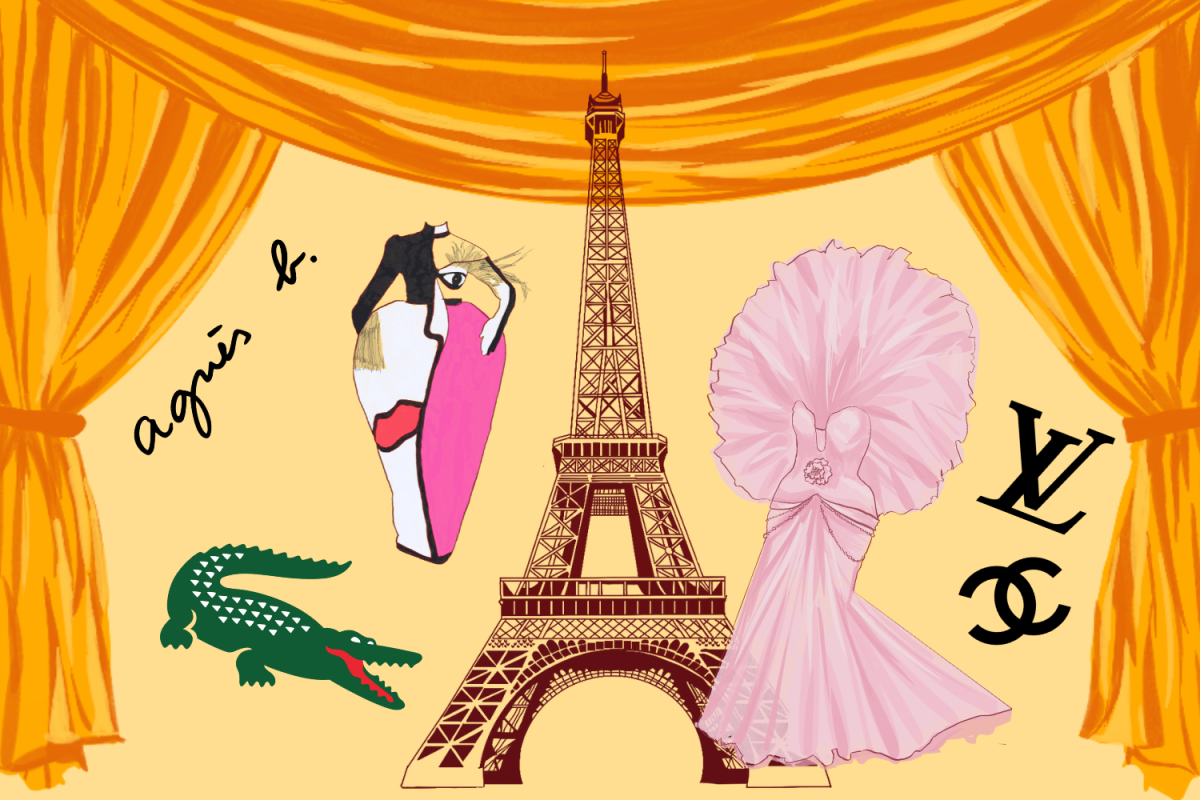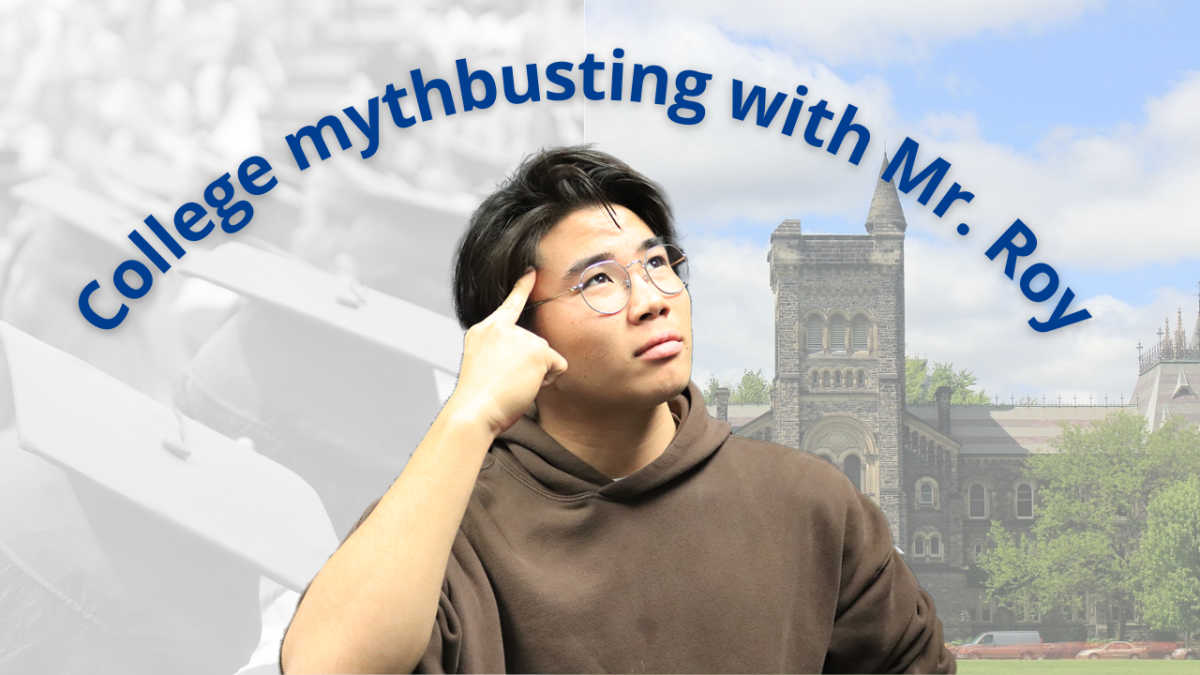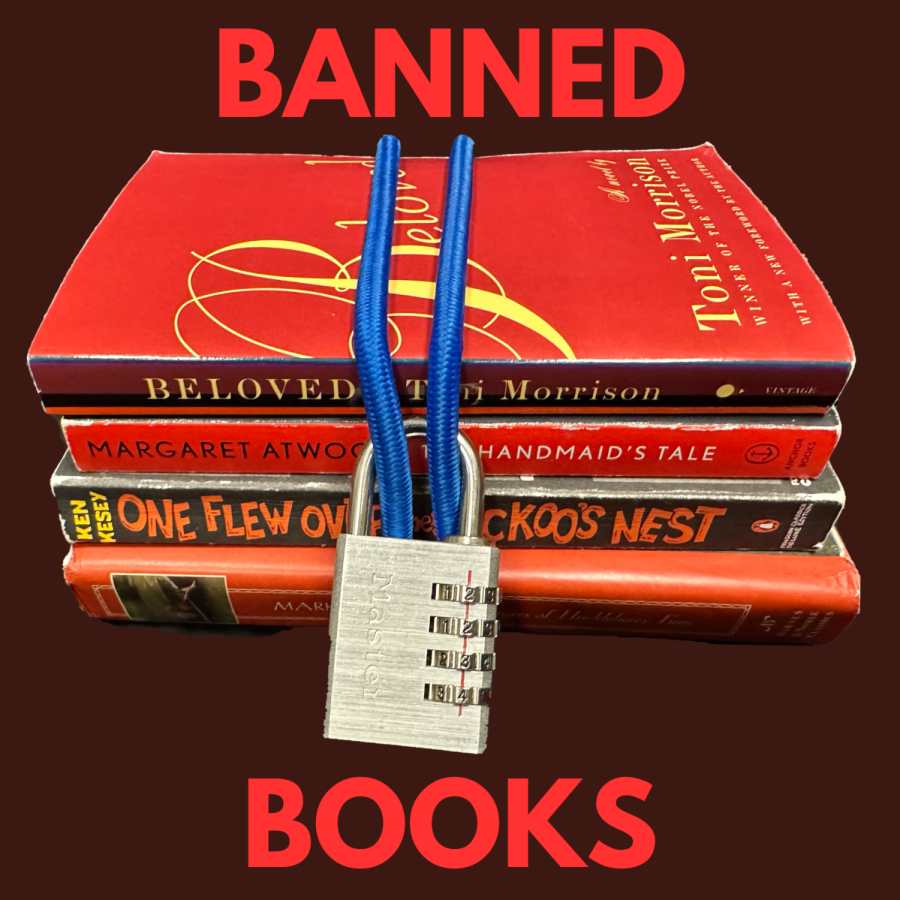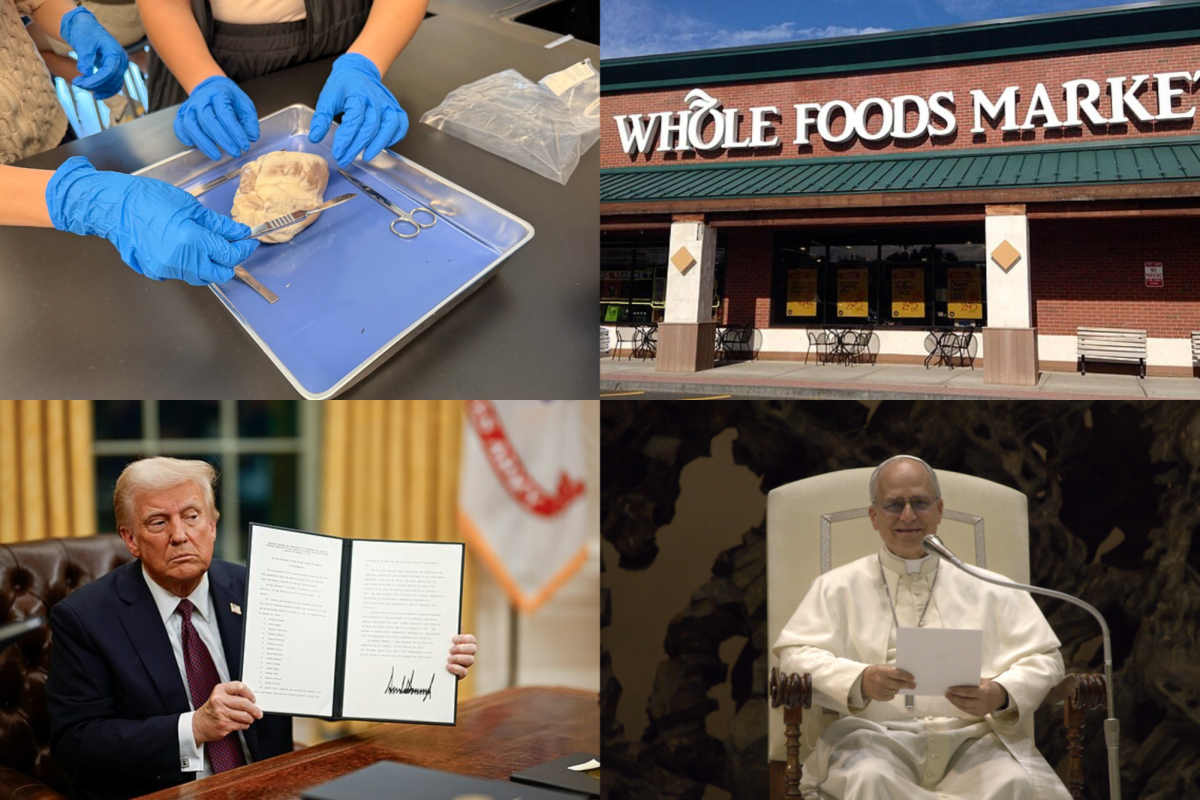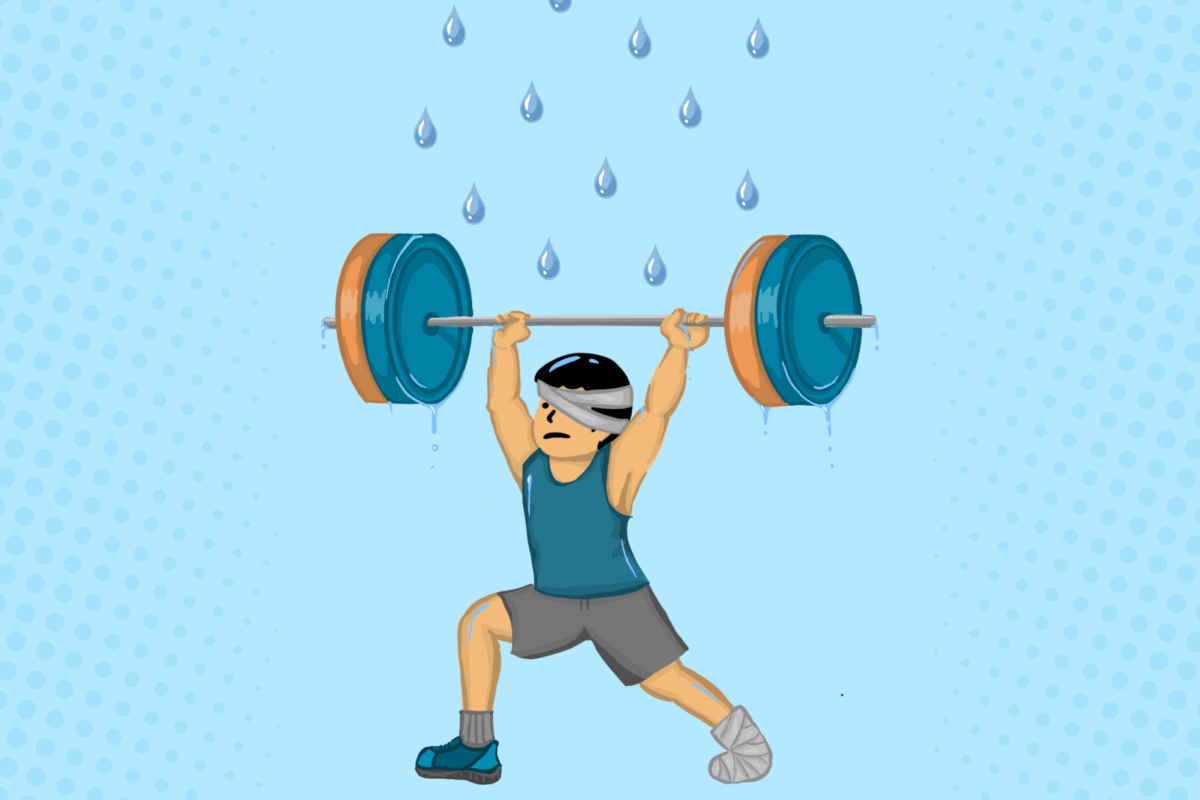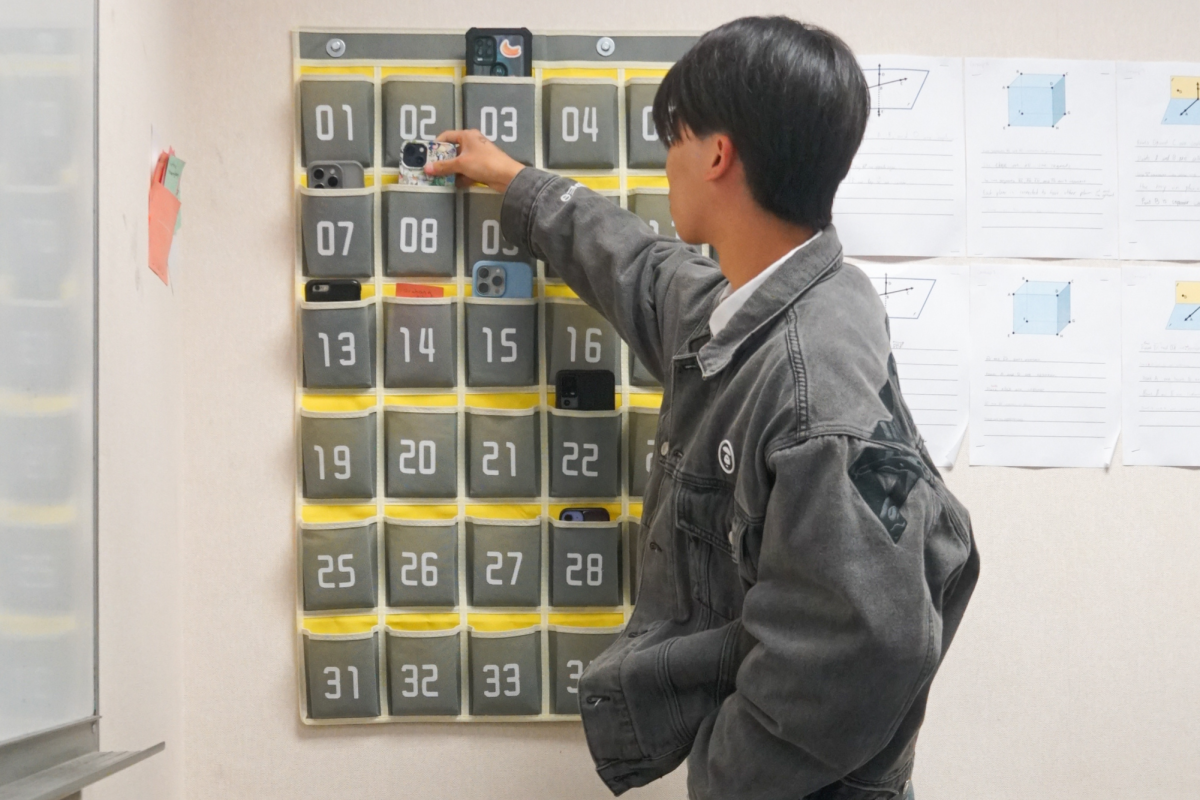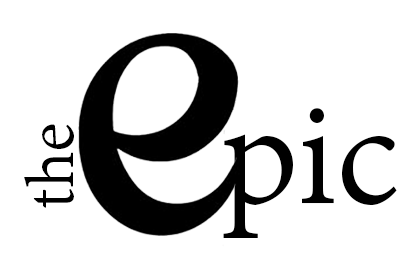A disarrayed mess of morning shopping and a rush of shopping carts leave previously stocked shelves vacant of toilet paper. Such panic-buying and other familiar consumer trends — like rising demand for essentials and a decline in luxury purchases — plague the United States during economic downturns, forcing companies to quickly adapt their marketing toward consumers. Economic stress triggers shifts in consumer behavior. As money becomes tight, brand loyalty and luxury purchases decline, while value-based purchases become the new norm. These trends reshape both the consumer’s mentality toward purchases and companies’ marketing strategies for profit. Opting to sell at lower prices over not selling the product at all, companies often promote coupons and deals to encourage purchases.
“The first thing that a recession will do is create instability in an economy,” economics teacher Jeffrey Bale said. “Generally, what happens is that both sides of the economic table — the producers and the consumers — will stop spending. When people aren’t spending money, dollars don’t move around as much and the economy starts to slow down.”
Many historical events show the lasting effects of recession on consumer mindsets, which shift from splurging to saving. For example, during the “stagflation” of the 1970s, when inflation and unemployment were both disastrously high, Americans turned from gas-guzzling luxury vehicles to fuel-efficient cars.
Identity and culture also heavily reflect the national economy, with fashion trends proposed to be a subtle indicator of economic change. The hemline index claims that as the economy gets worse, skirt hemlines tend to get longer, and vice versa. It originated after World War II, when women opted for longer styles made out of cheaper, longer-lasting fabric. Meanwhile, in the Roaring
Twenties, businesses experimented with much shorter skirts, representing a more optimistic and rebellious outlook on society, and were epitomized by the sequined flapper dress. In 2001, Estée Lauder heir Leonard Alan Lauder, noted that lipstick sales increased by 11% after the 2001 terrorist attacks. As such, the lipstick effect hypothesizes that in times of economic downturn, consumers turn to cheaper luxuries to boost their morale and are less likely to splurge on costlier products.
“Every consumer wants to live a certain type of lifestyle,” Bale said. “When an economy makes that lifestyle unattainable, you’ll look for alternative ways to try to replicate that.”
When economic uncertainty erodes consumer confidence and resource availability, demand for essential products grows. Herd mentality pressures consumers to hoard products for fear of
a shortage. This behavior was especially prevalent during COVID-19 in 2020, when millions stockpiled necessities like toilet paper and canned foods. However, panic buying itself is what often causes the shortage, and in turn, more anxiety.
“When people panic-buy, they are concerned about what they don’t know,” Bale said. “All that uncertainty creates an environment where businesses and people suddenly become afraid and act like there is a scarcity, even if there isn’t one.”
Recently, rising prices due to recent tariffs have resulted in economic uncertainty, prompting fears of a forthcoming recession. “No-buy” lists have become popular on social media, featuring consumers who collectively try to avoid single-use outfits, branded goods and other less useful purchases to prevent overspending.
“I think what we’re going to see is consumers being a lot more wary about what they buy,” sophomore Raghav Shrivastava said. “They are going to have to do a lot more research.”
Additionally, uncertainty will likely play a substantial role in consumer decision making in the coming years. Under the current administration, tariff rates have fluctuated greatly
over the past few months. As tariffs are controlled solely by the president, the unpredictability of the current administration’s actions further fuels current economic uncertainty.
“Everything is uncertain because it’s all coming from President Donald Trump,” Foothill College economics professor Brian Evans said. “Congress is supposed to set these tariff laws, but they ceded power to him. Tariffs in general tend to be regressive, which means they’re a bigger burden on the poor than the wealthy.”
Uncertainty due to monetary constraints and environmental concerns further pressure consumers to buy more sustainably. The rise of minimalism prompted many consumers to purchase less and stick to simplistic clothing, furniture and other products. This anticonsumerism trend advocates for increased mindfulness around spending, such as by purchasing only necessities and small indulgences.
“Recently, people have been doing more ‘do-it-yourself’ activities,” sophomore Anvitha Krishnan said. “Instead of going out for a movie with friends, a lot of people DIY dates. The aesthetic of desiring maximalism is still there, but when you’re spending money, it’s more minimalistic.”
Whether through panic-buying or an uptick in lipstick sales, the American shopping cart can reveal much about the state of our economy during economic hardship. Understanding these economic trends and consumer behavior can help consumers be more conscious and responsible toward their spending habits. They also offer a general overview of our economy and the consumer behaviors that drive our everyday lives.
“People in recessions try to act rational, but we’re only as rational as the information that we have allows us to be,” Bale said. “So when people in any economy have different amounts of information, they’re not going to act the same because they are acting based on the different information that they’ve been provided.”

